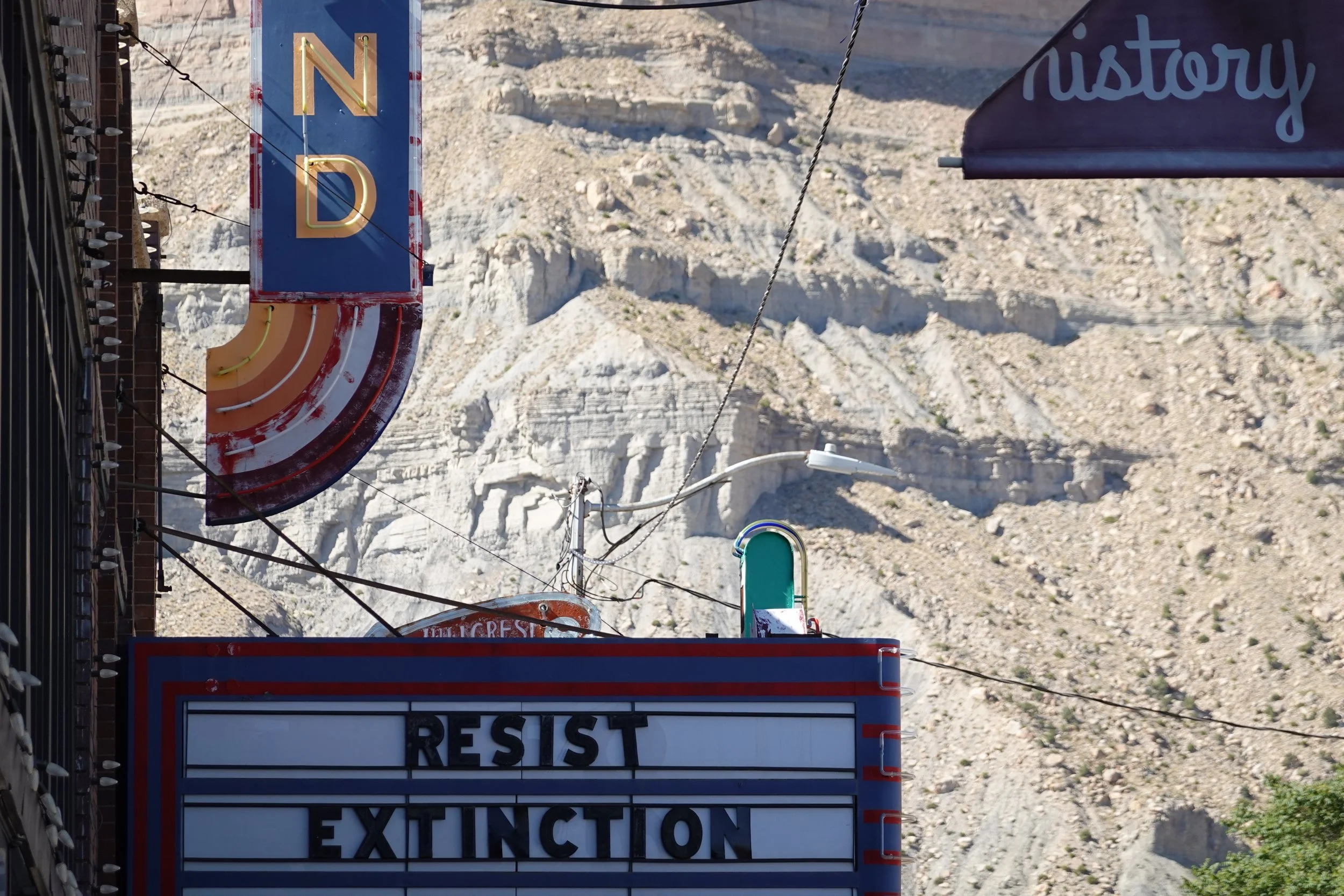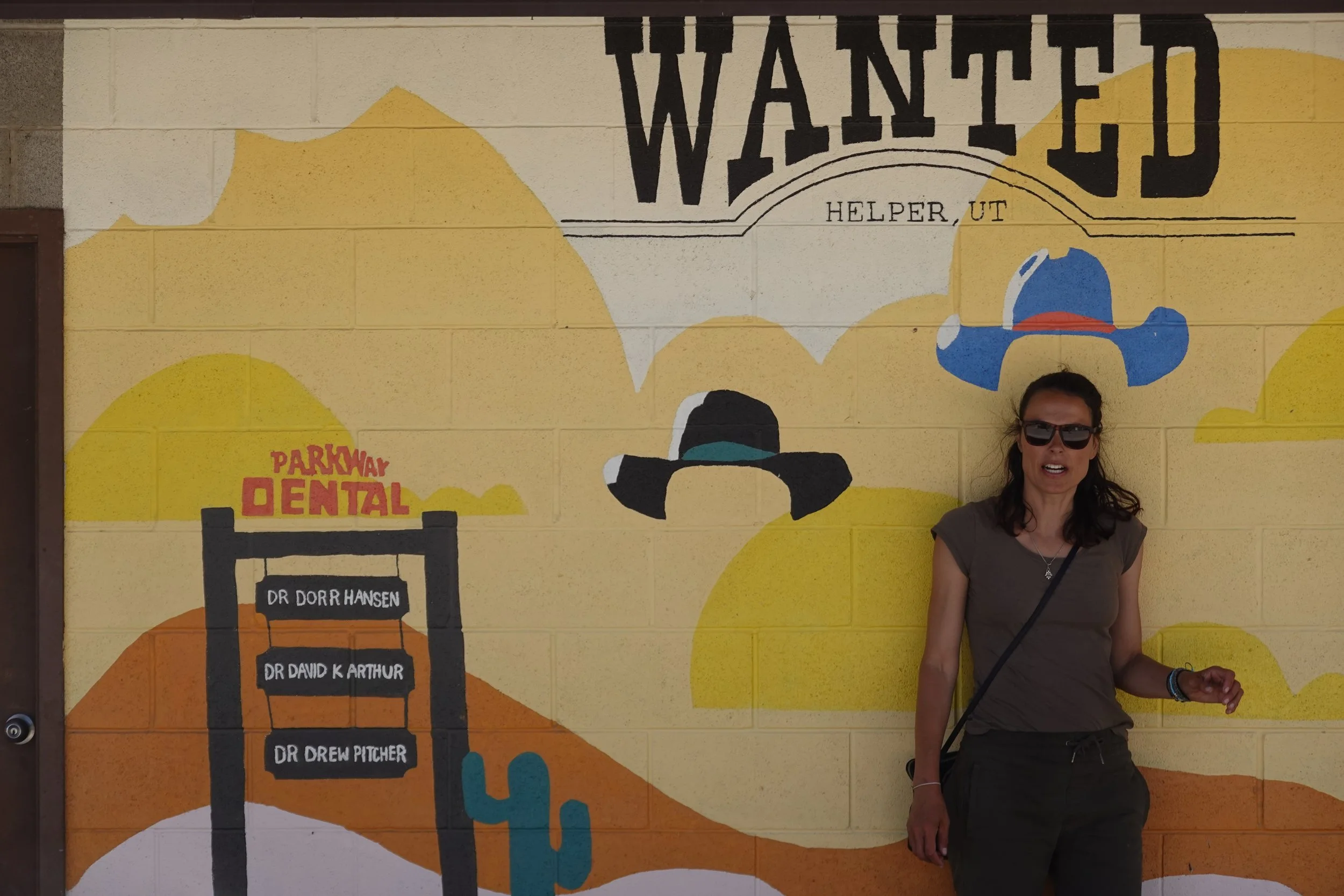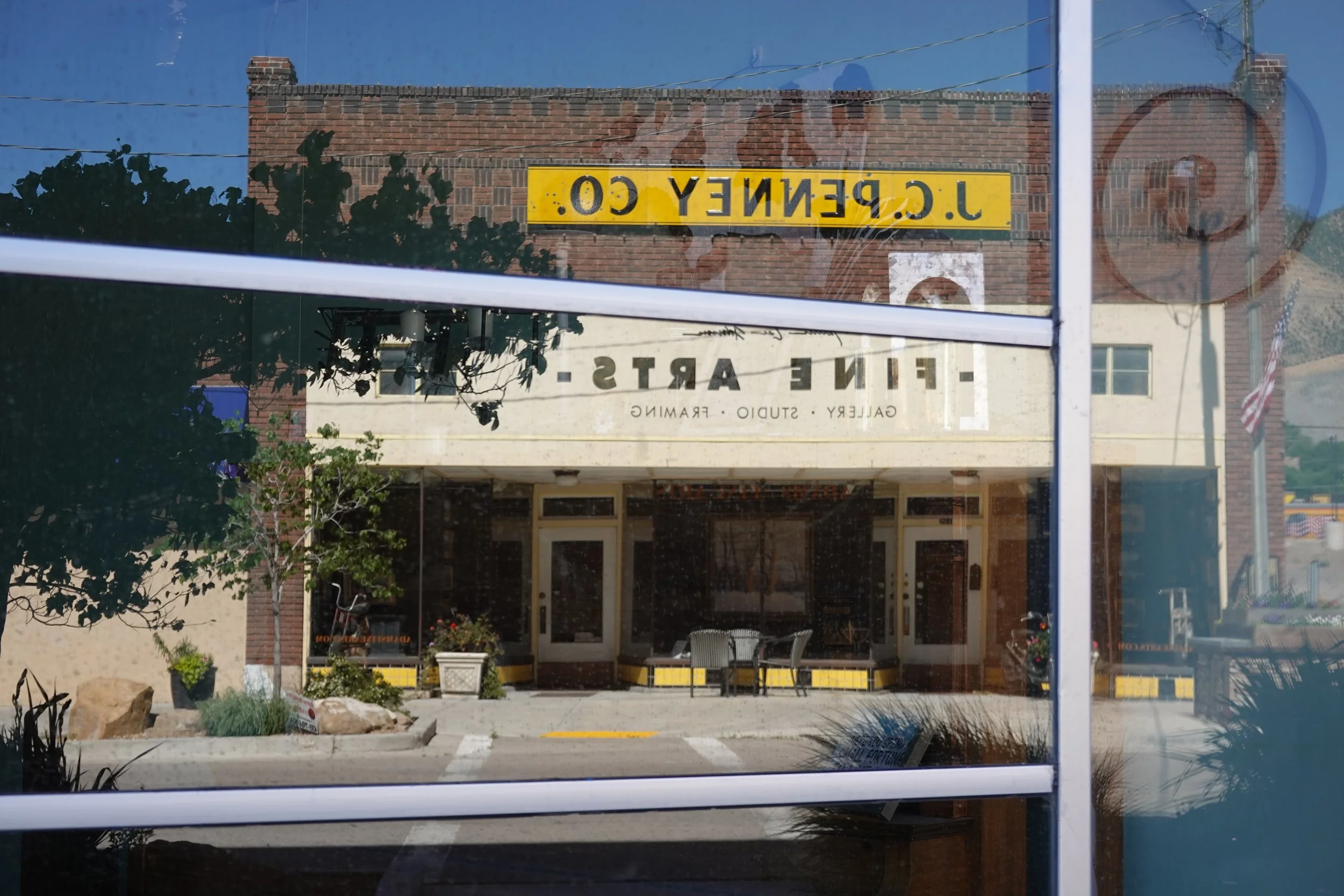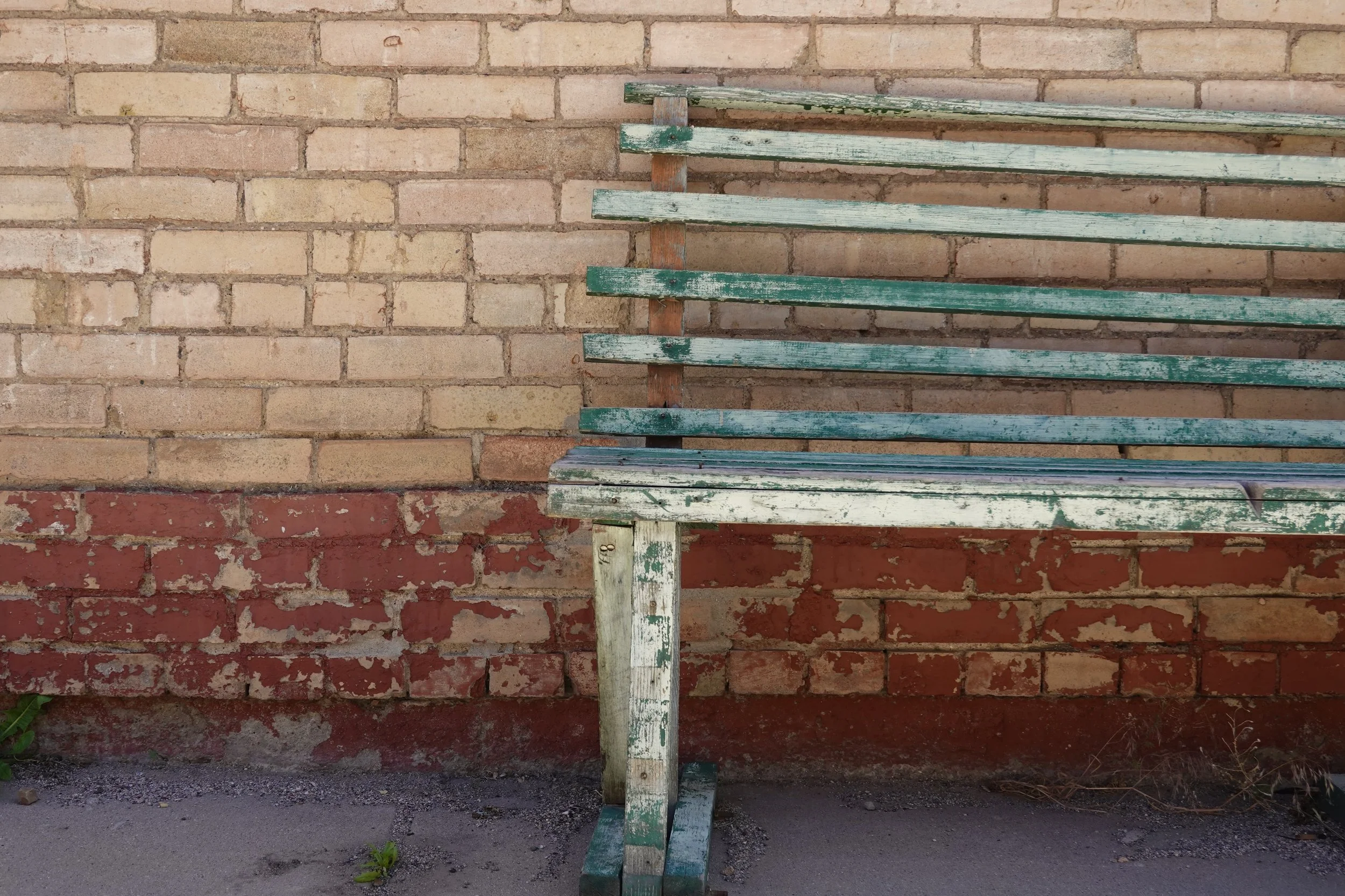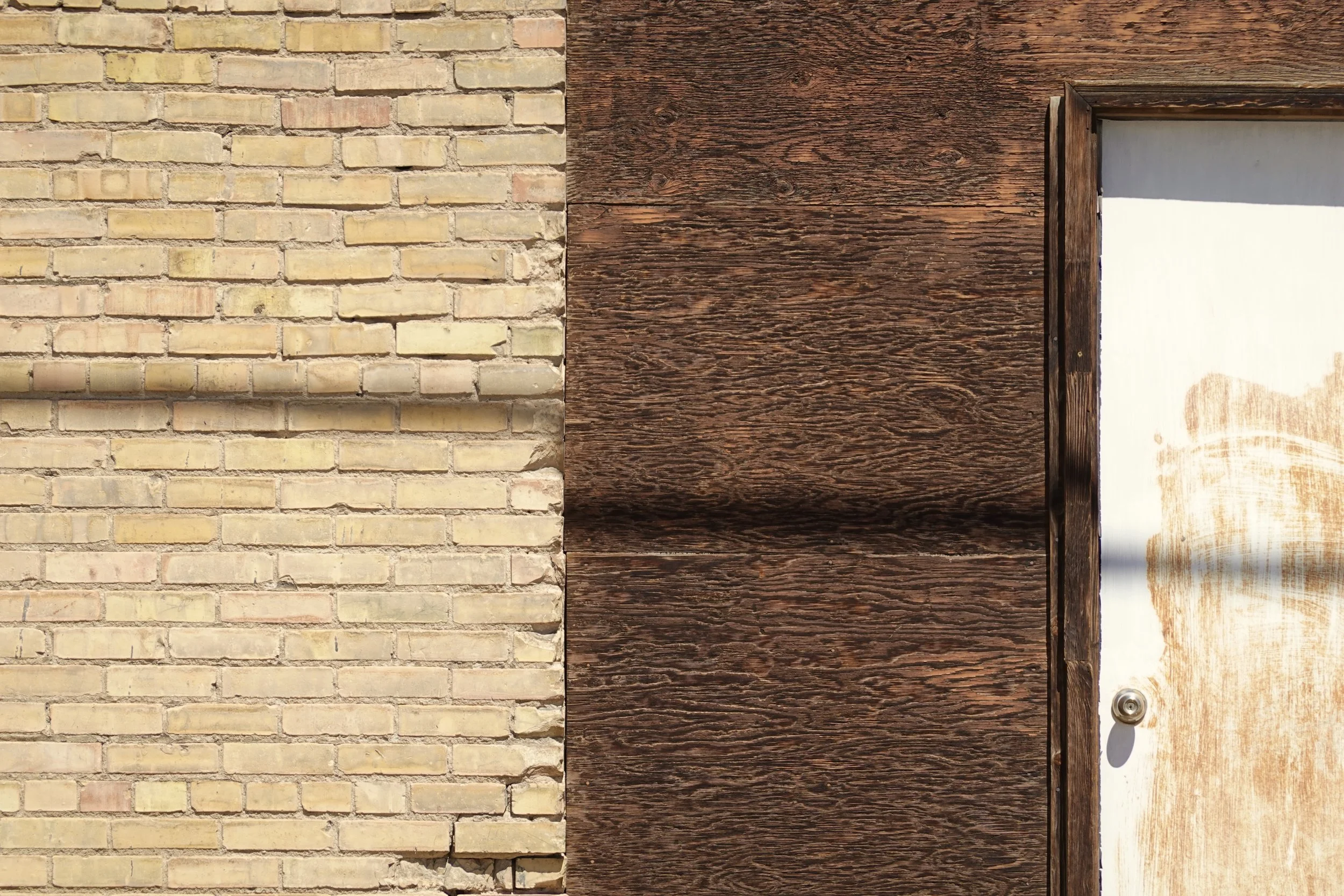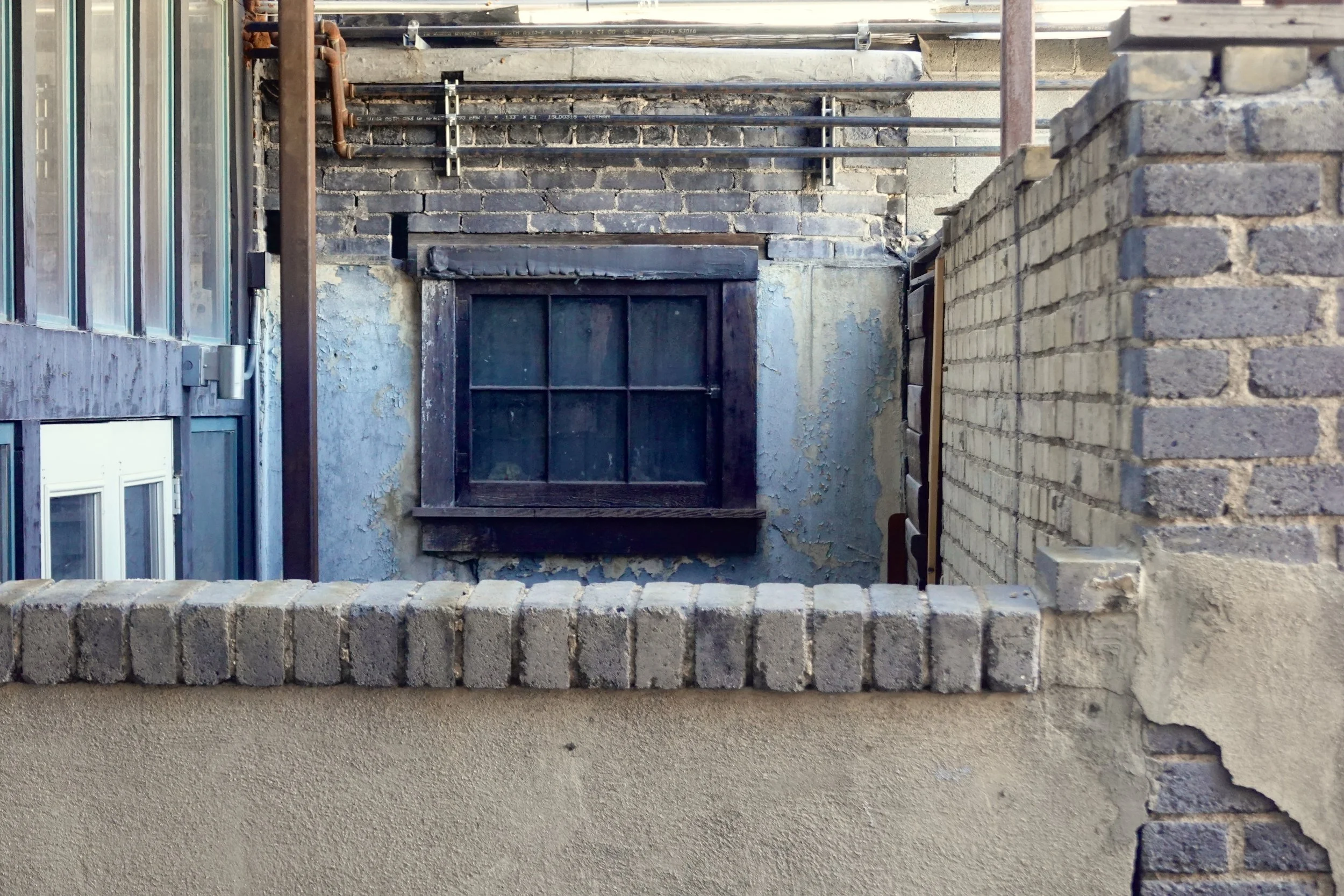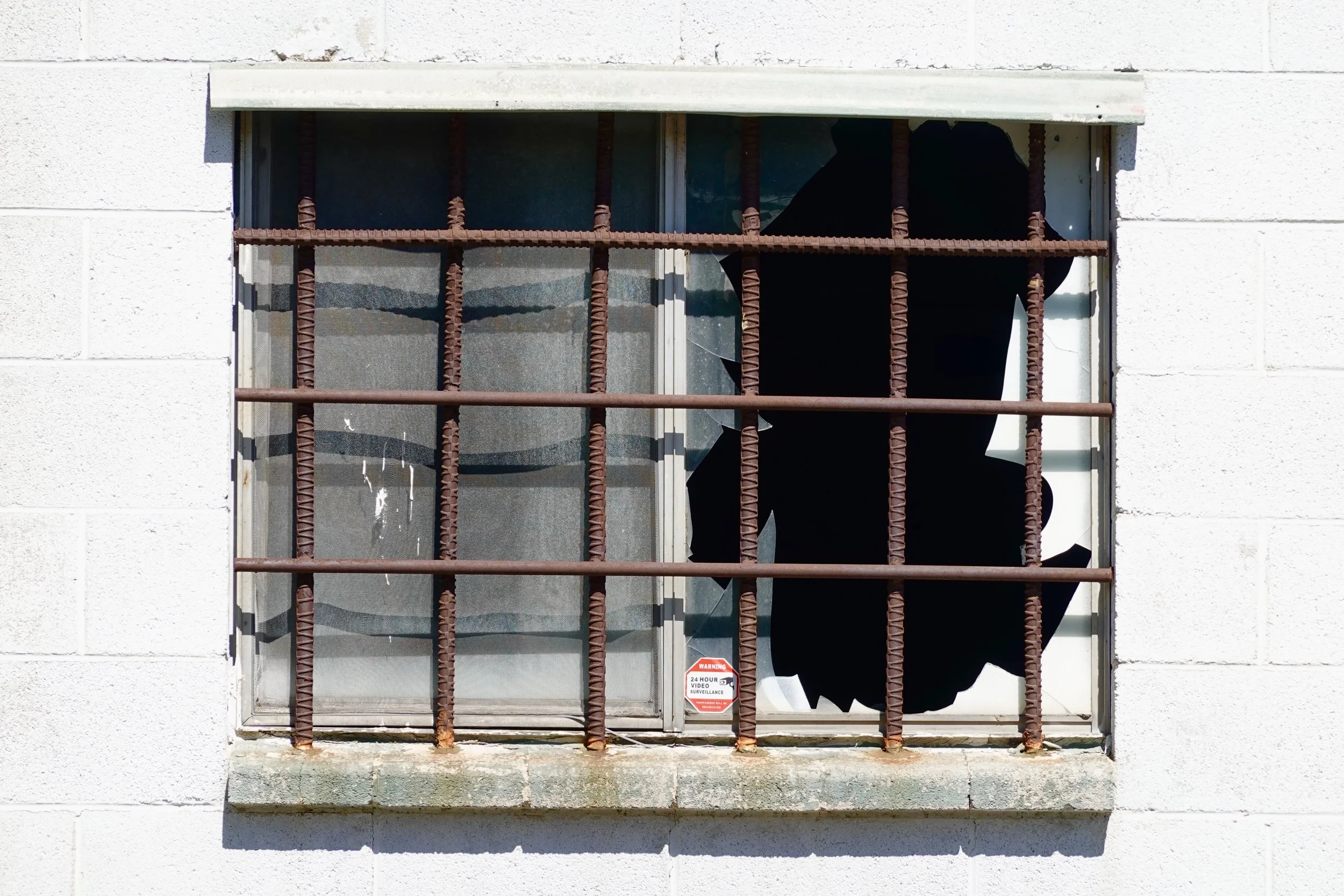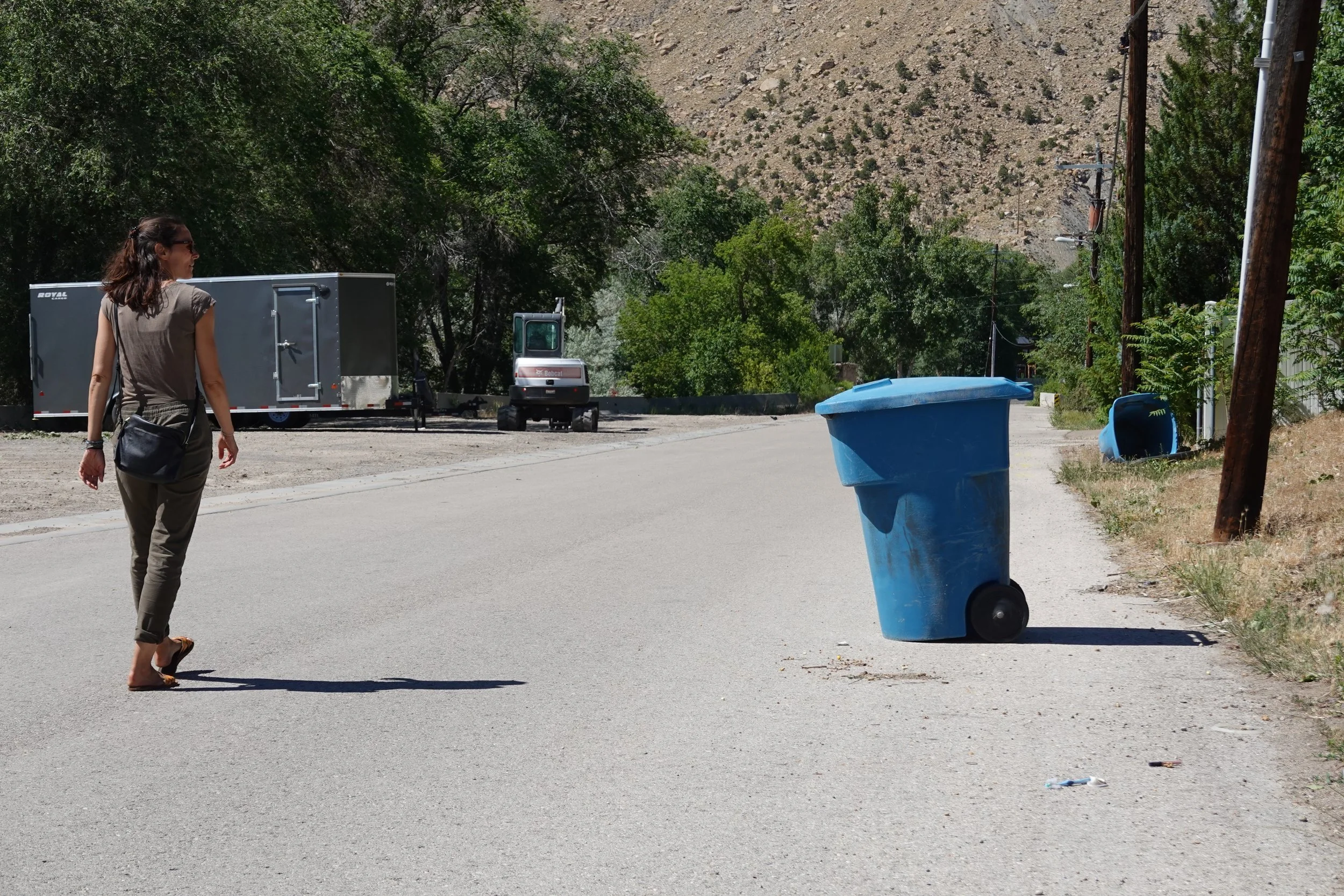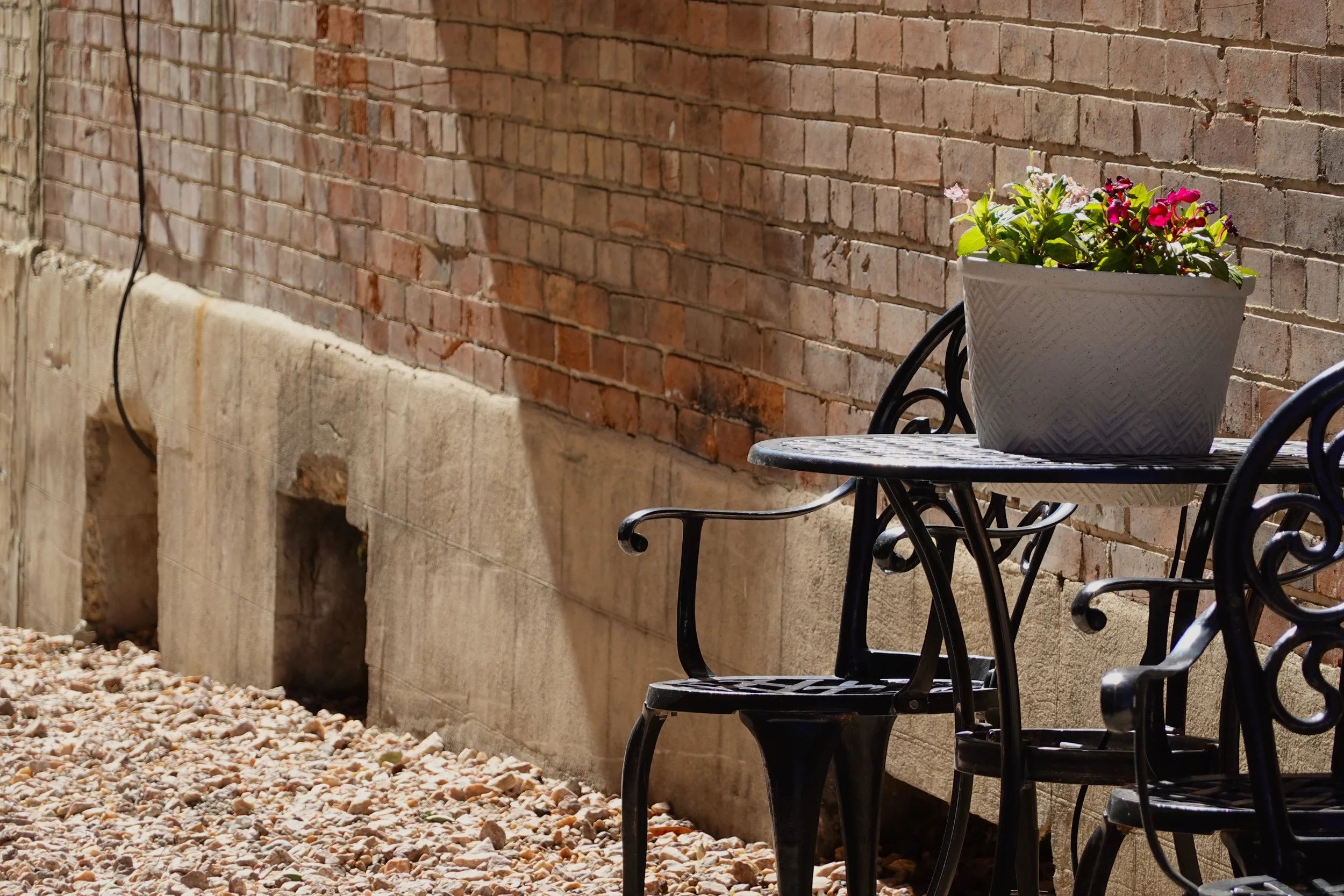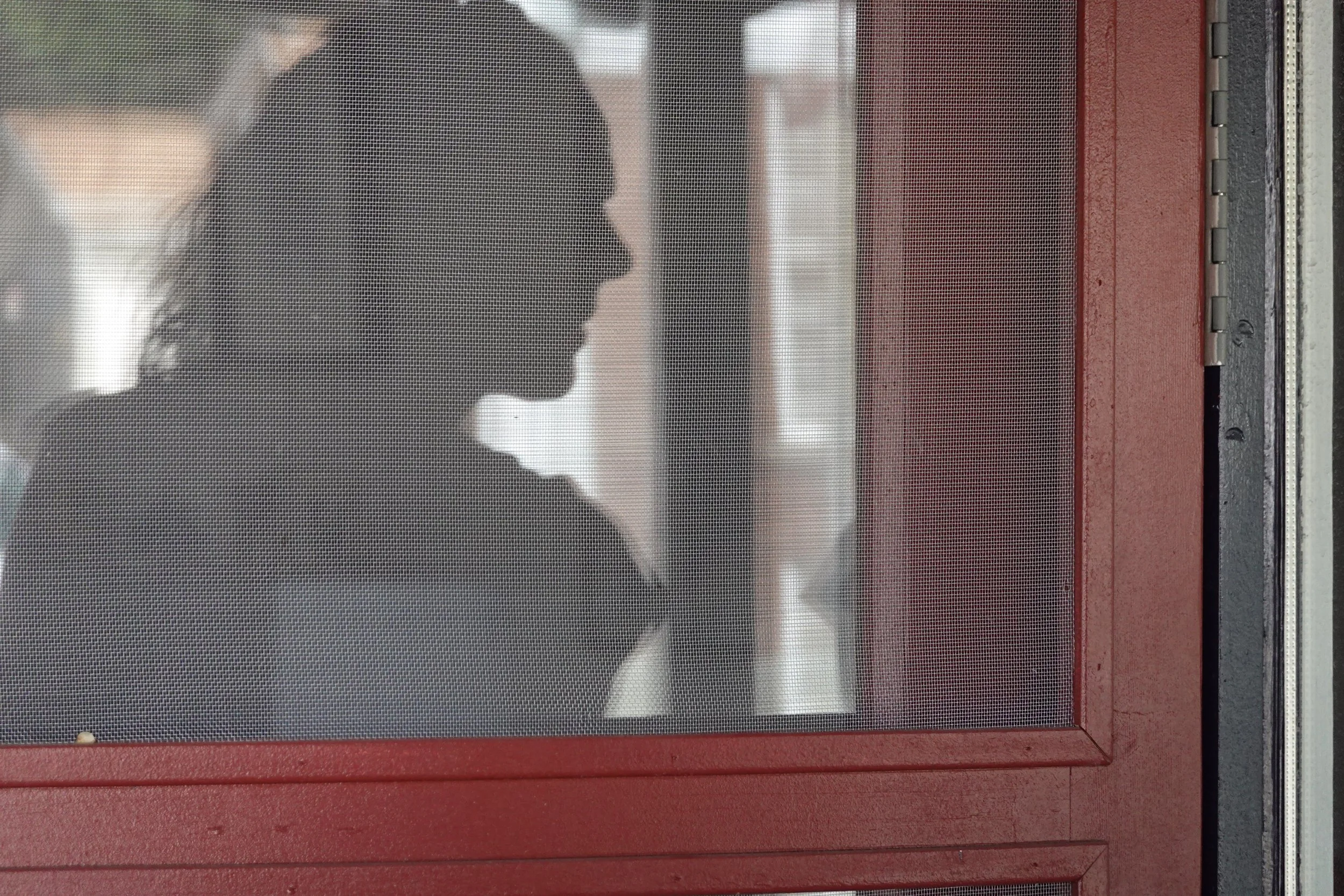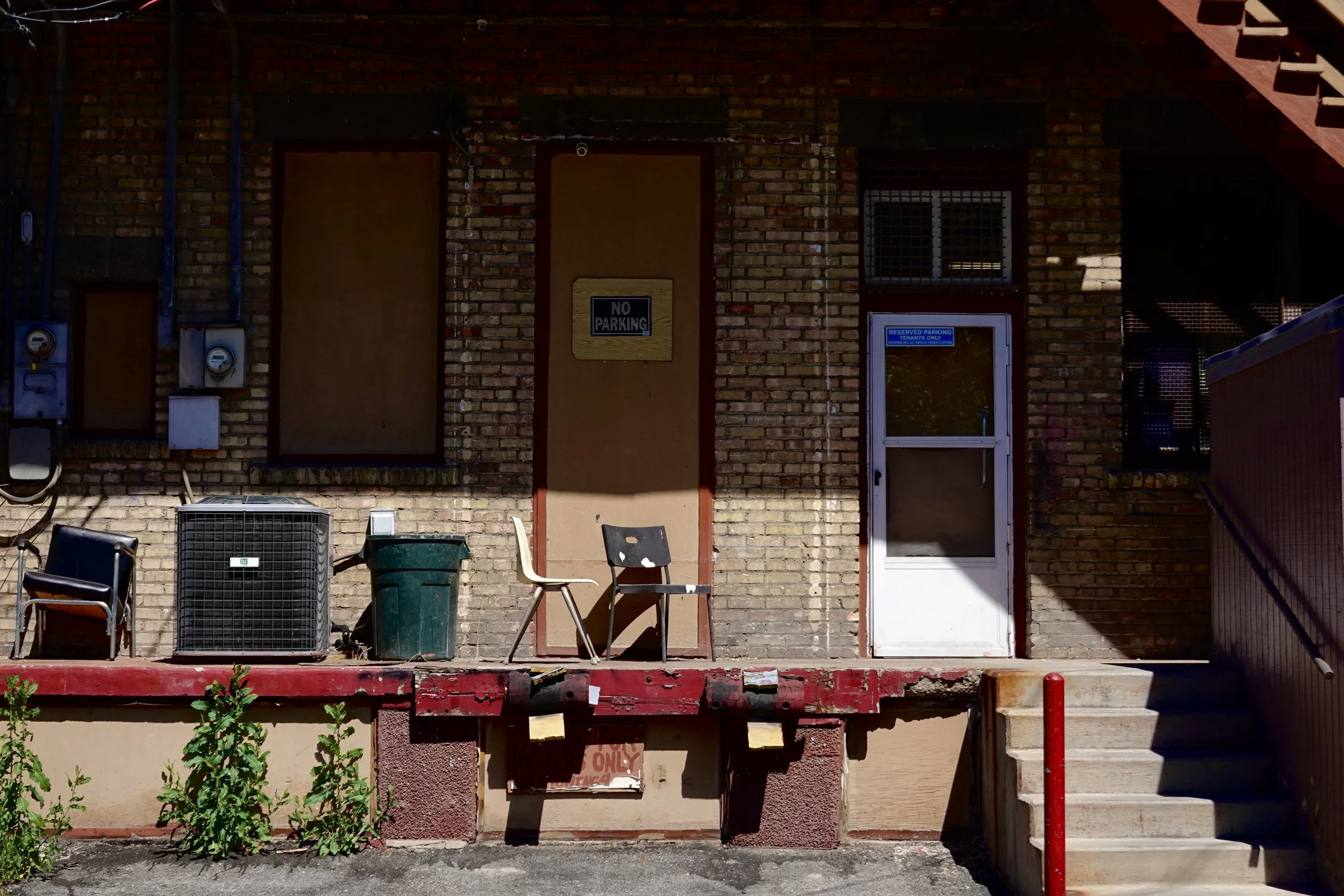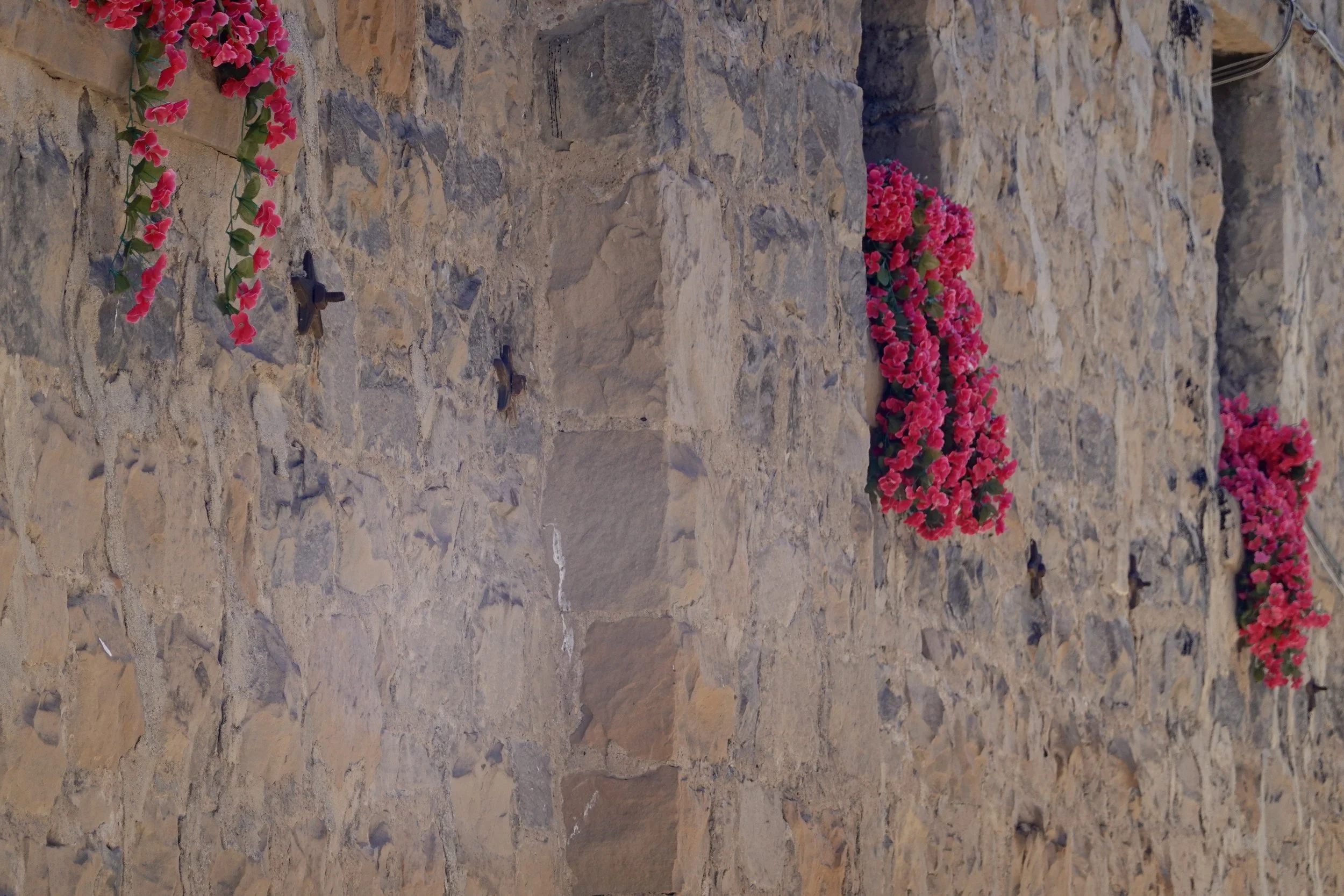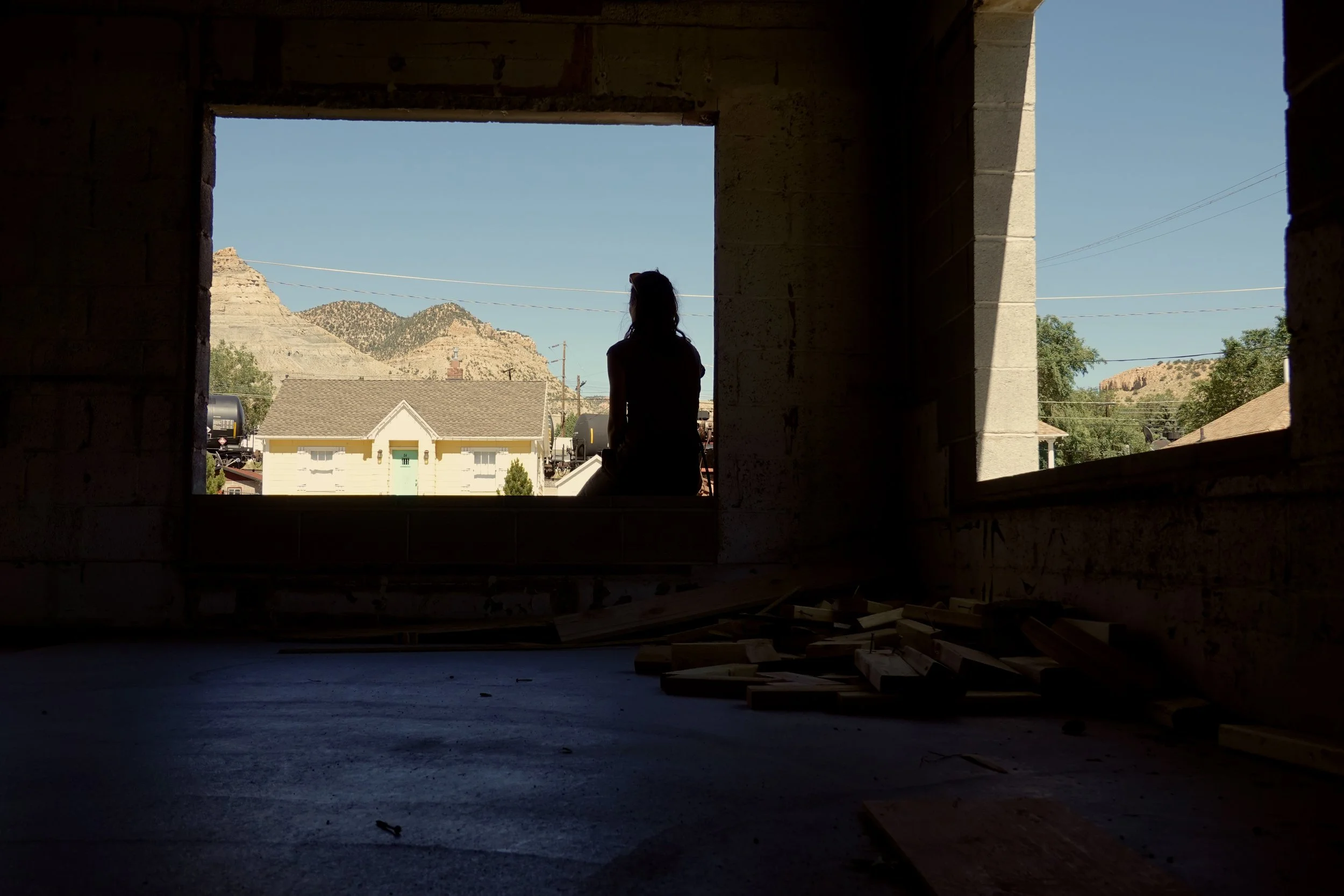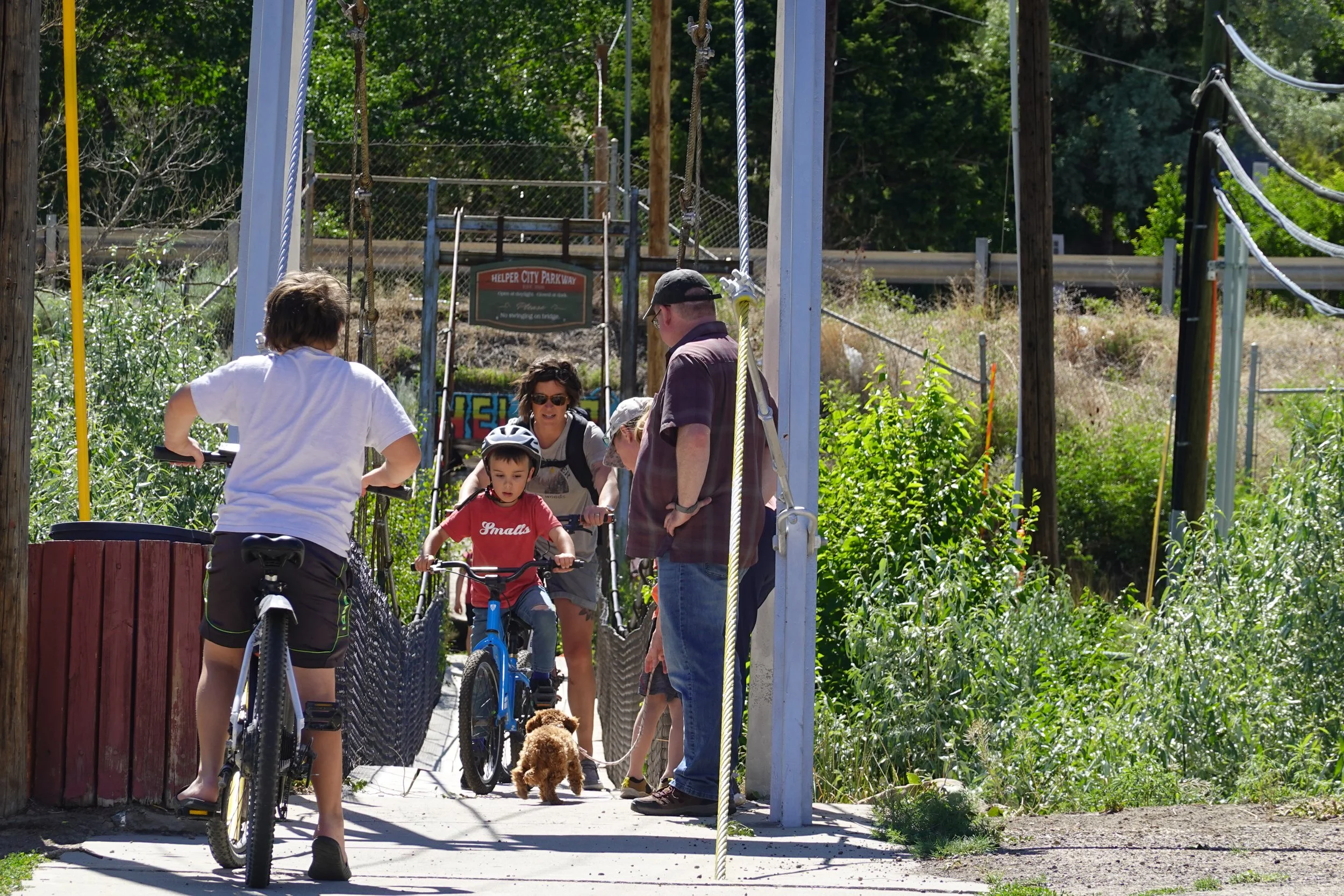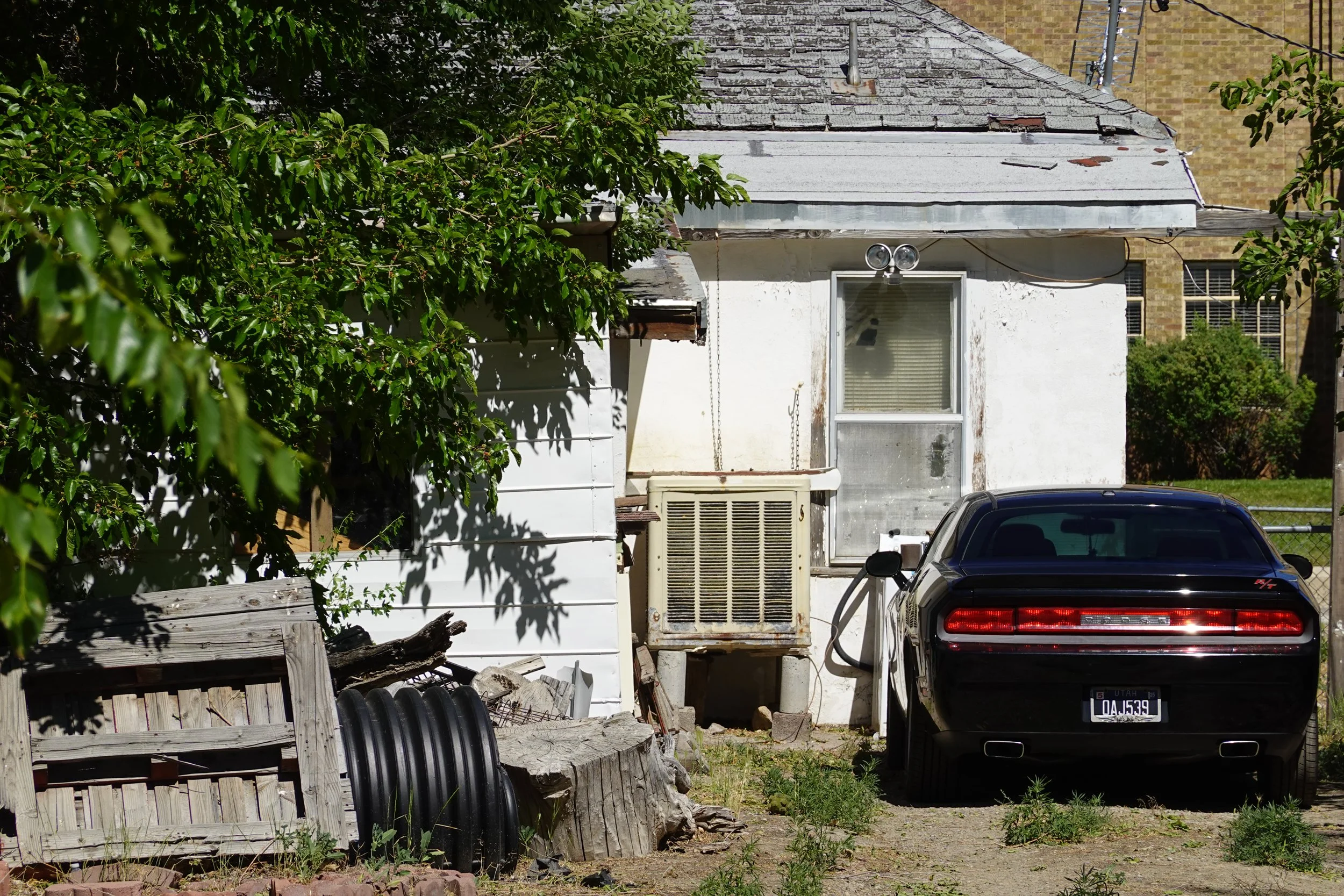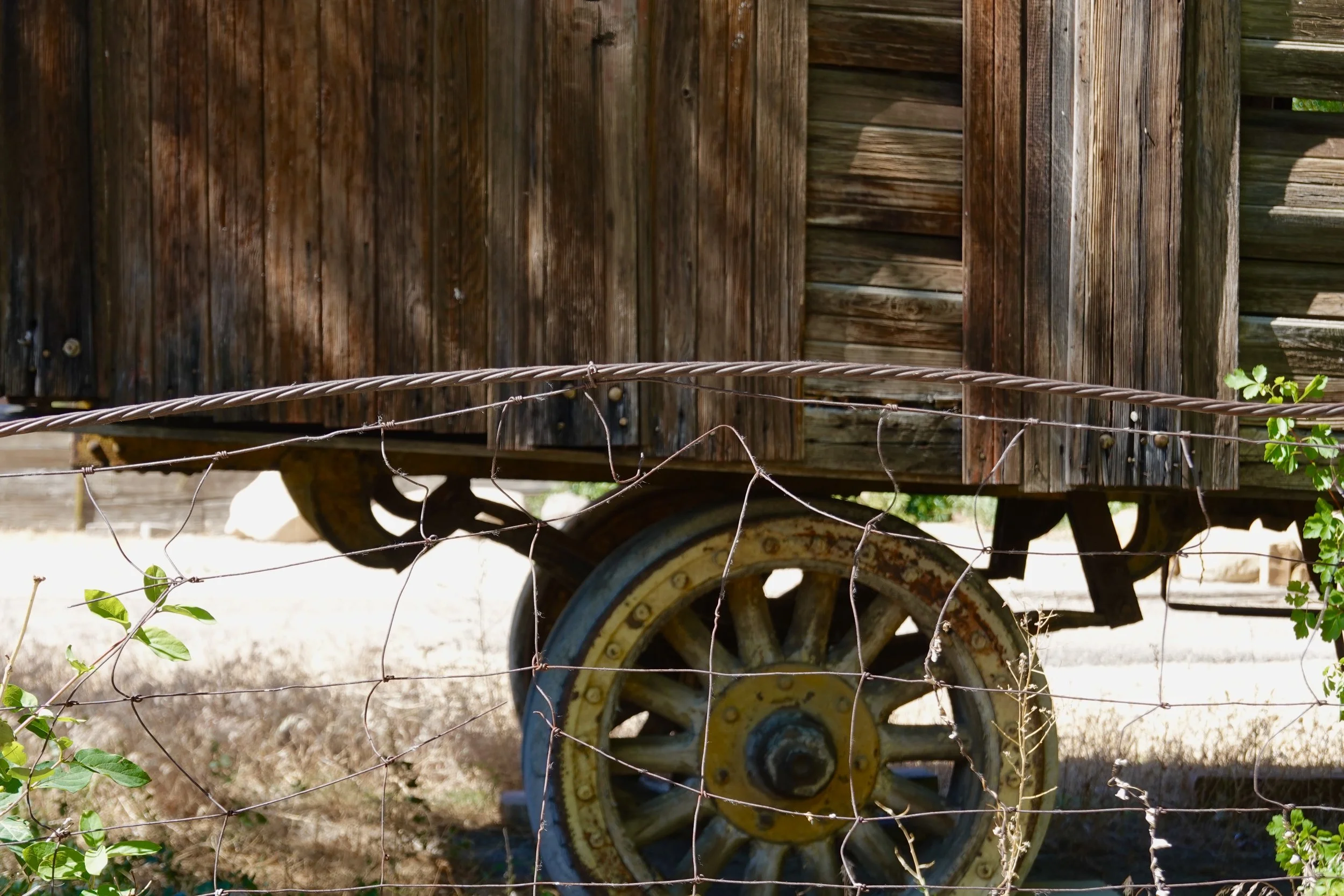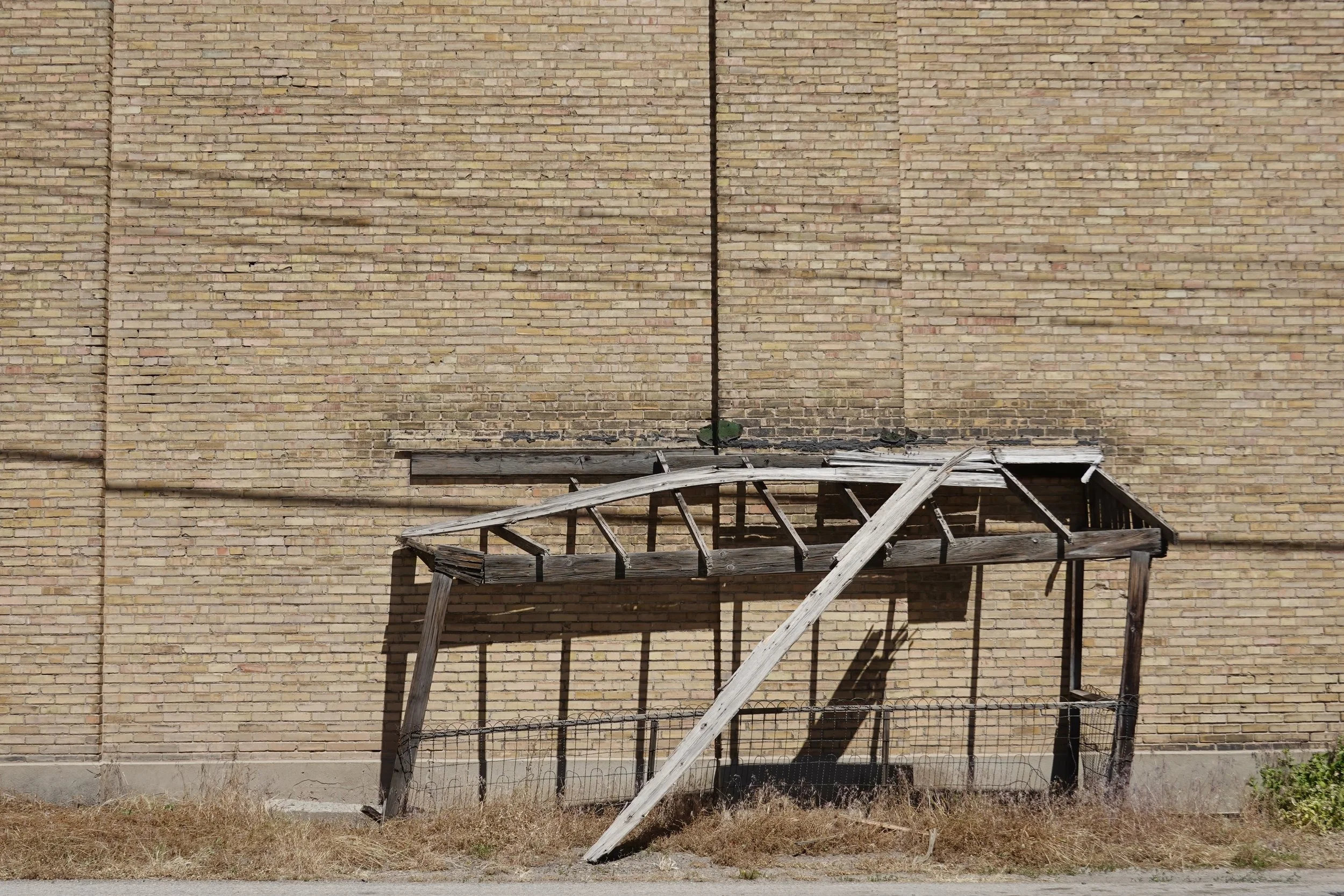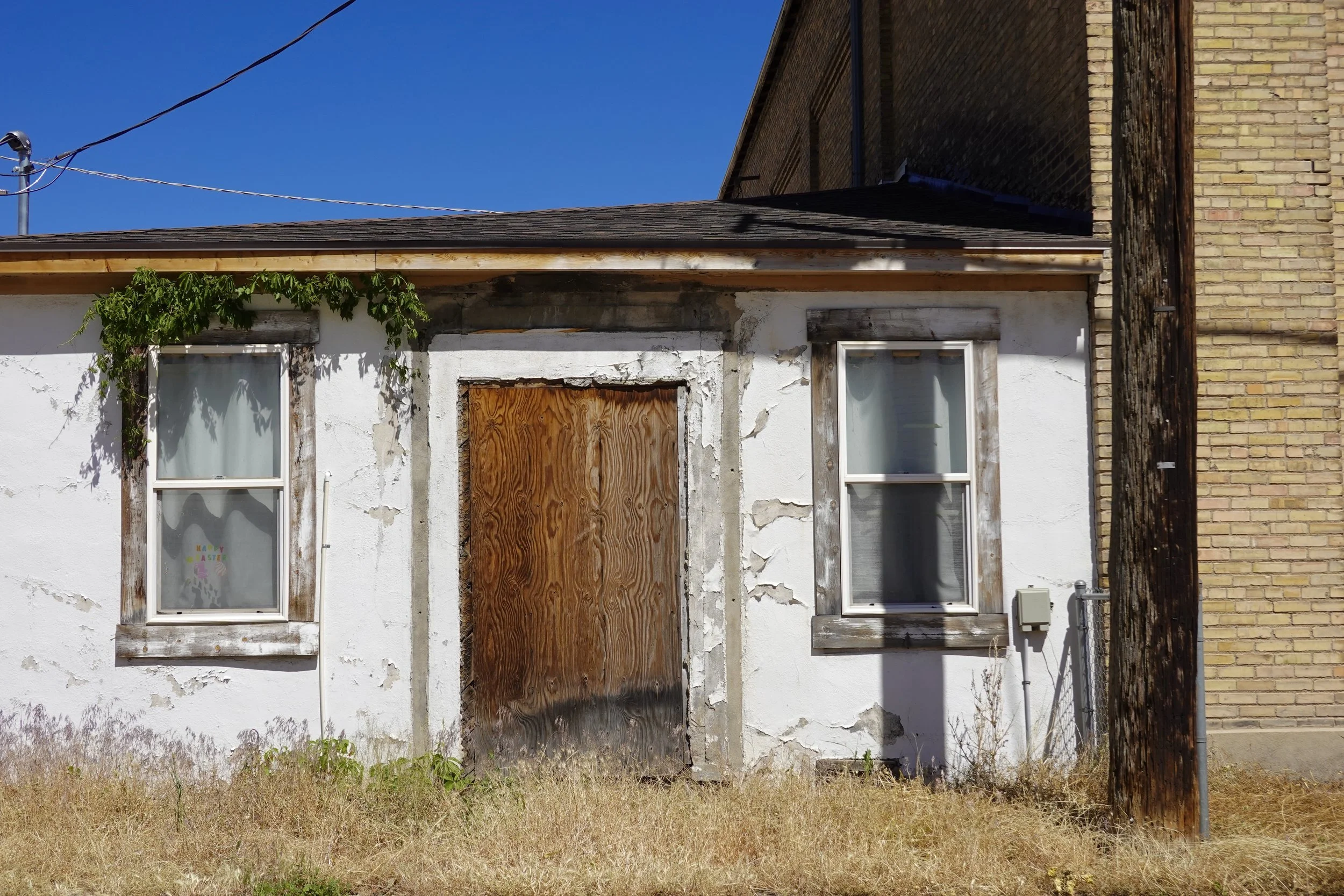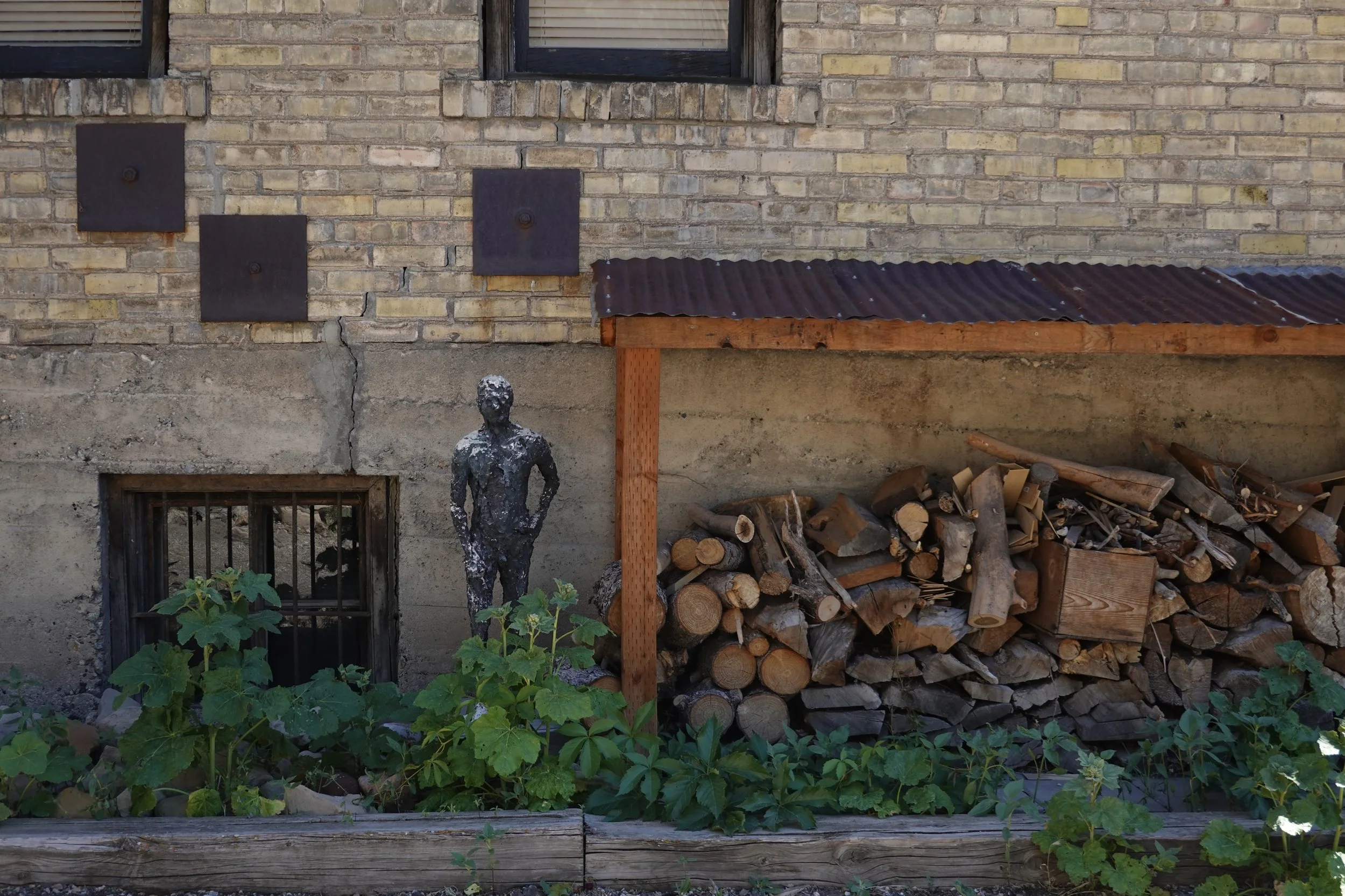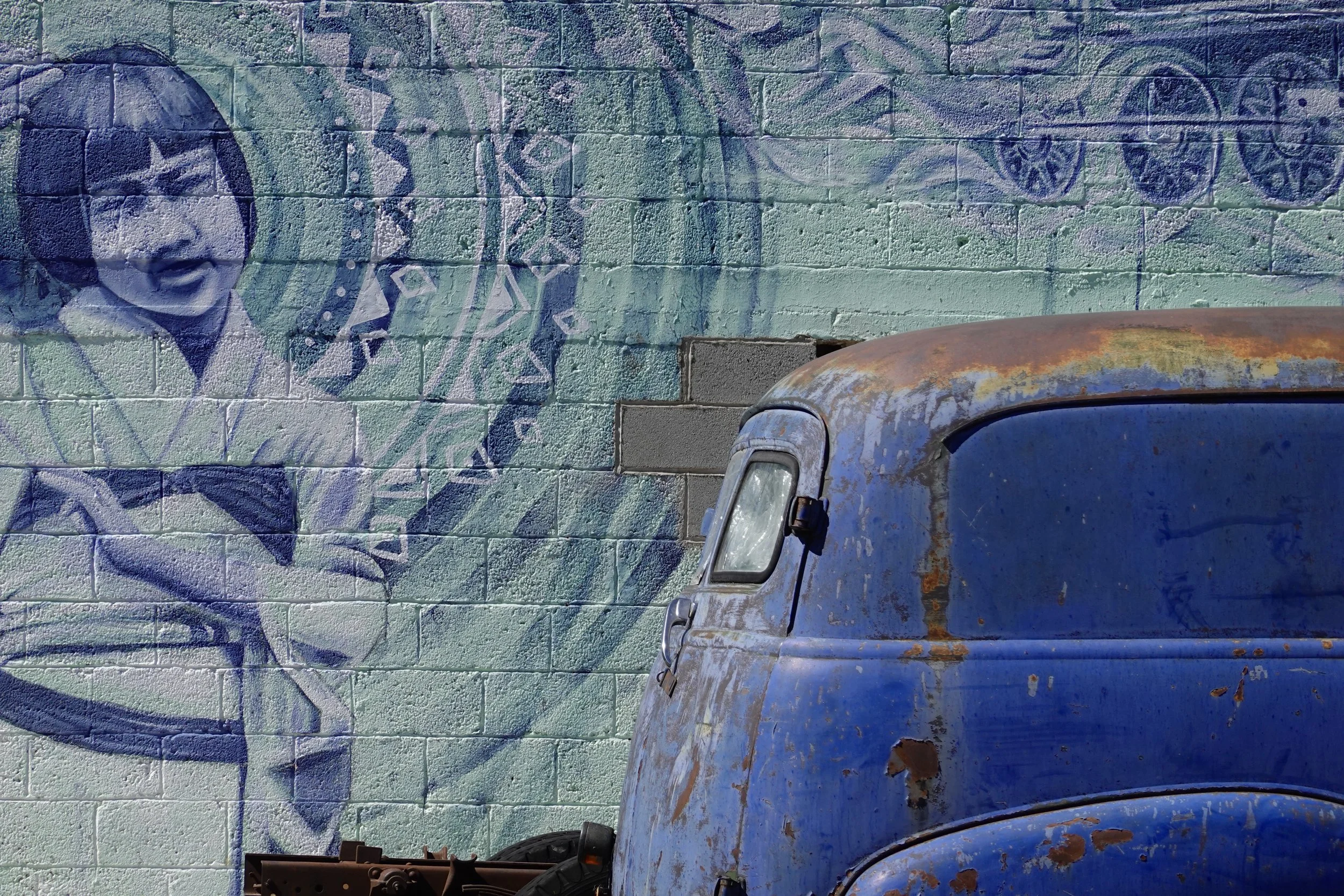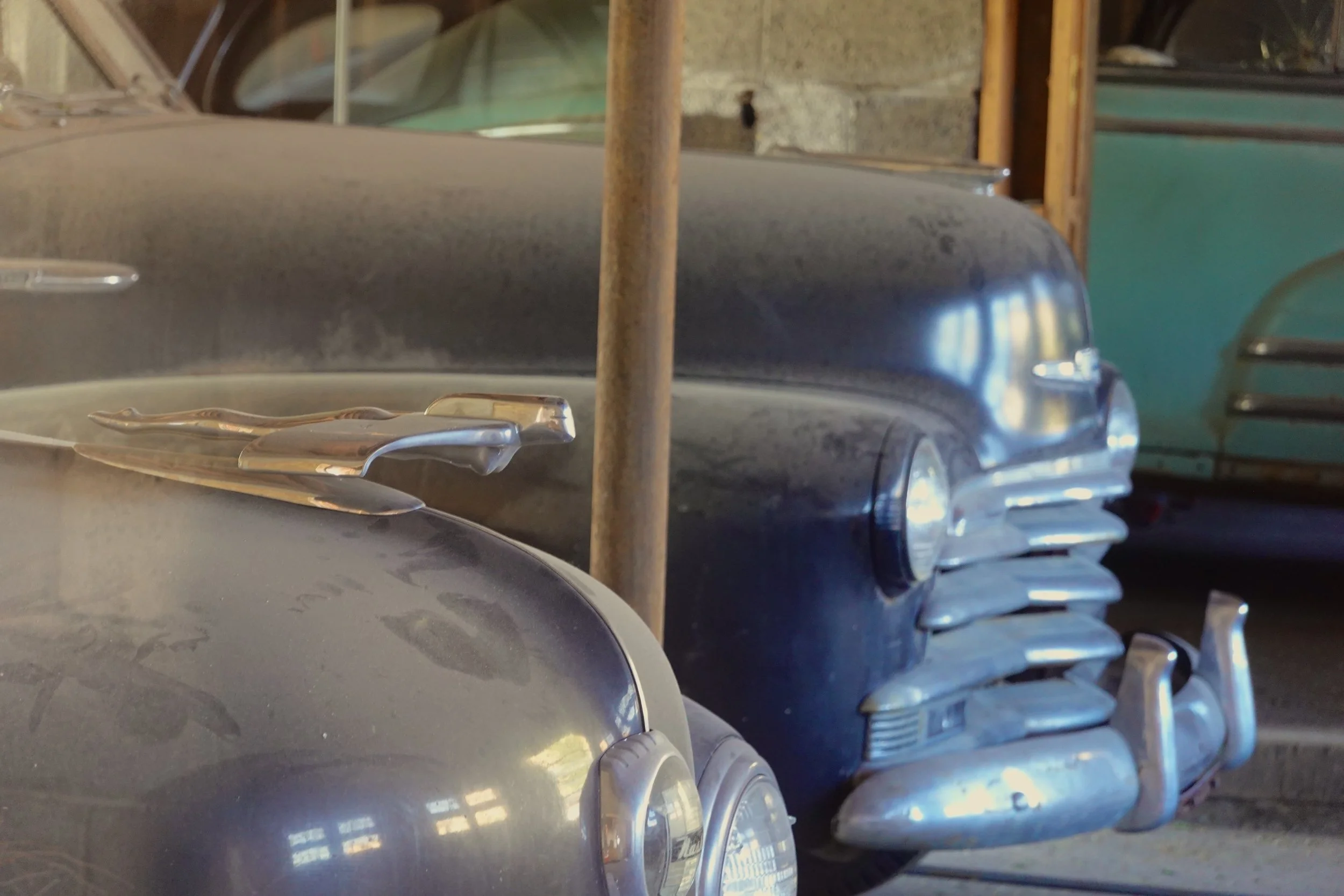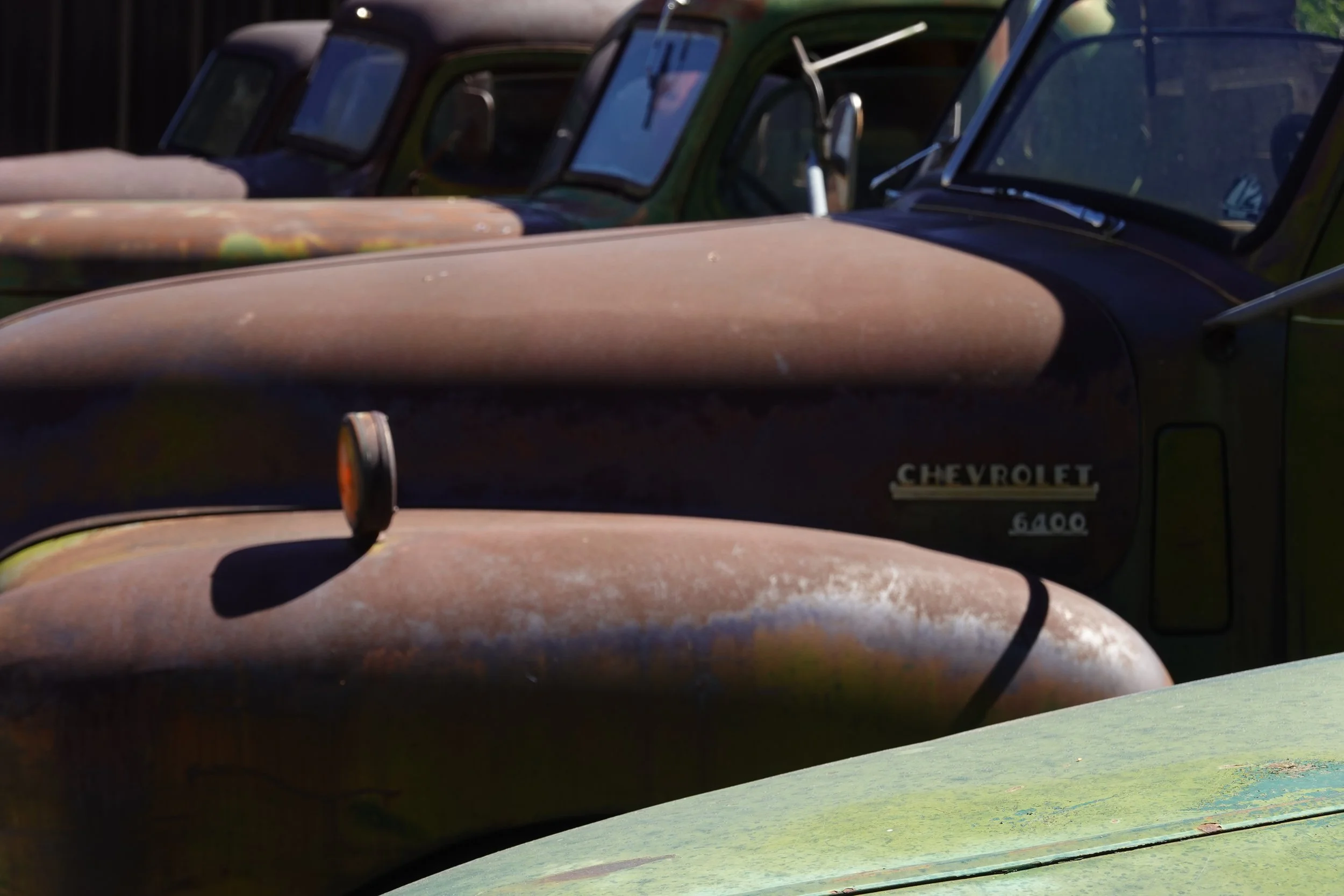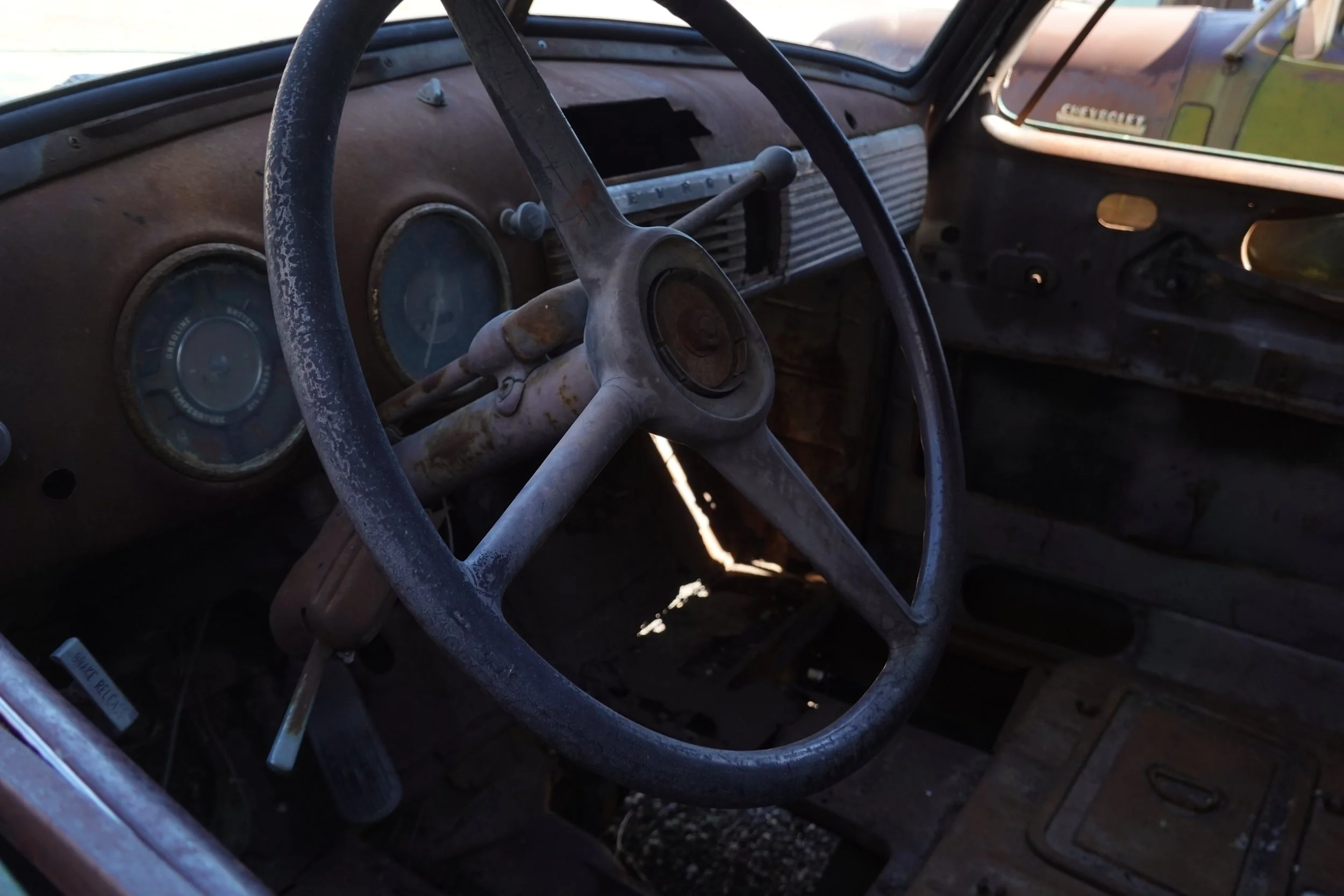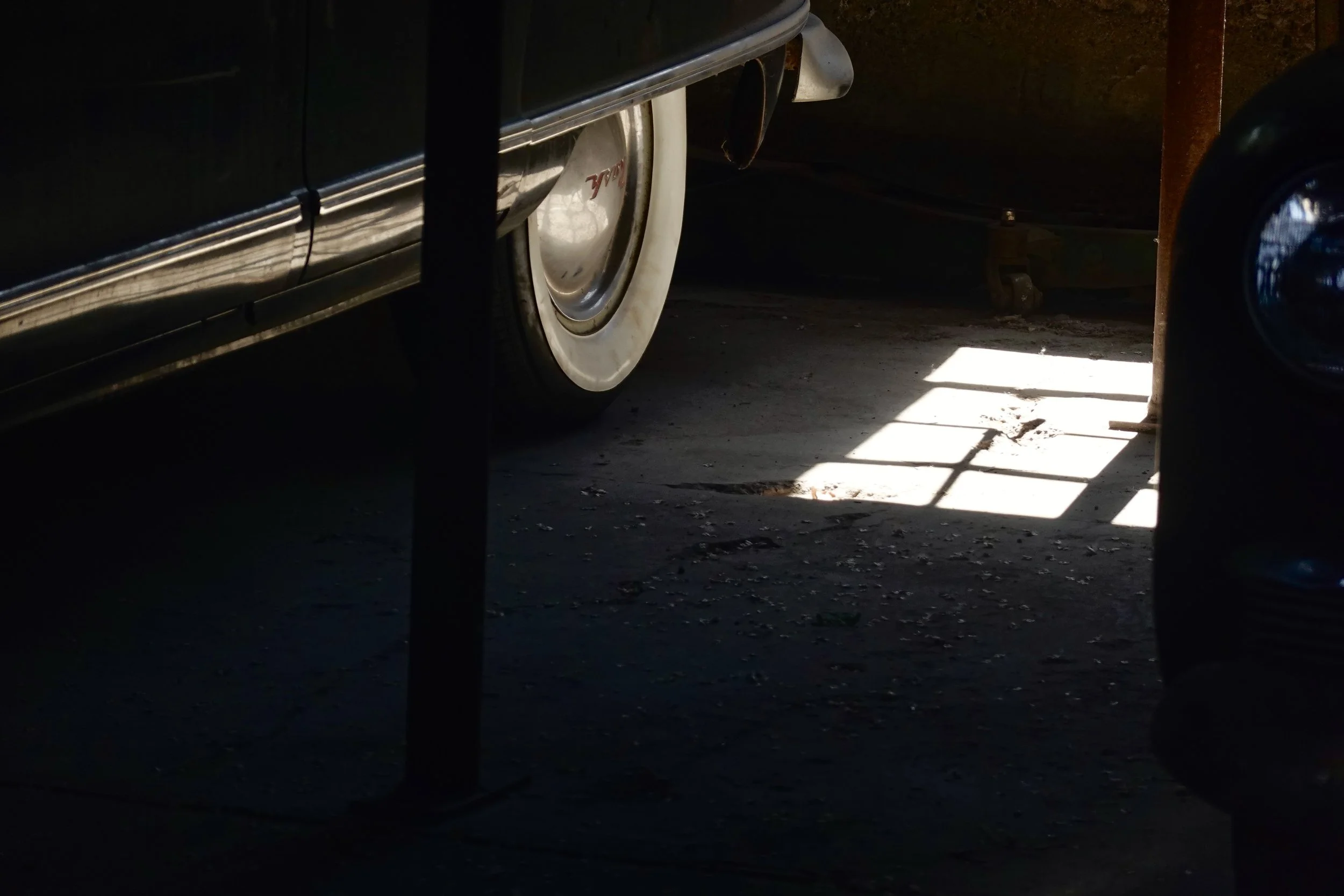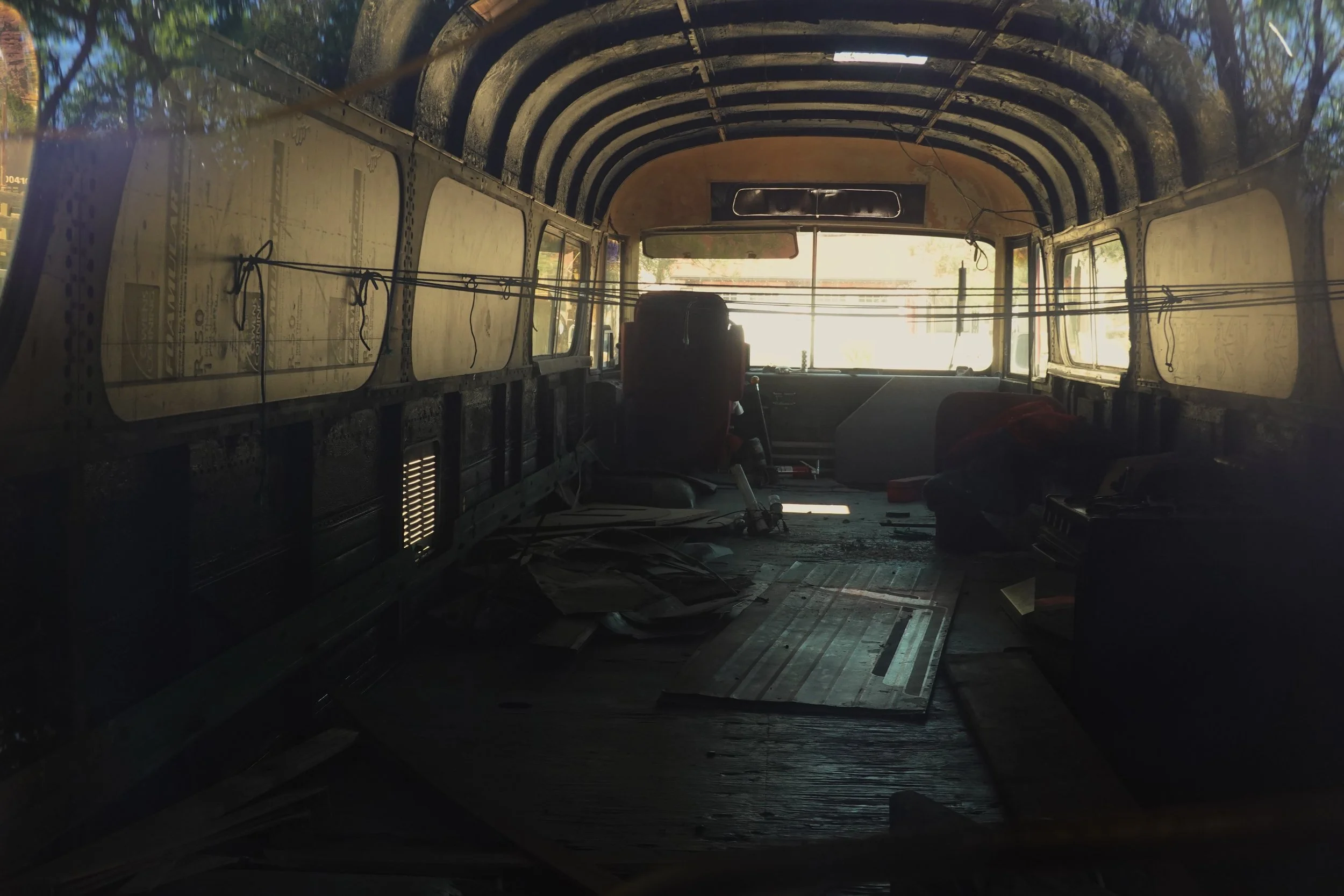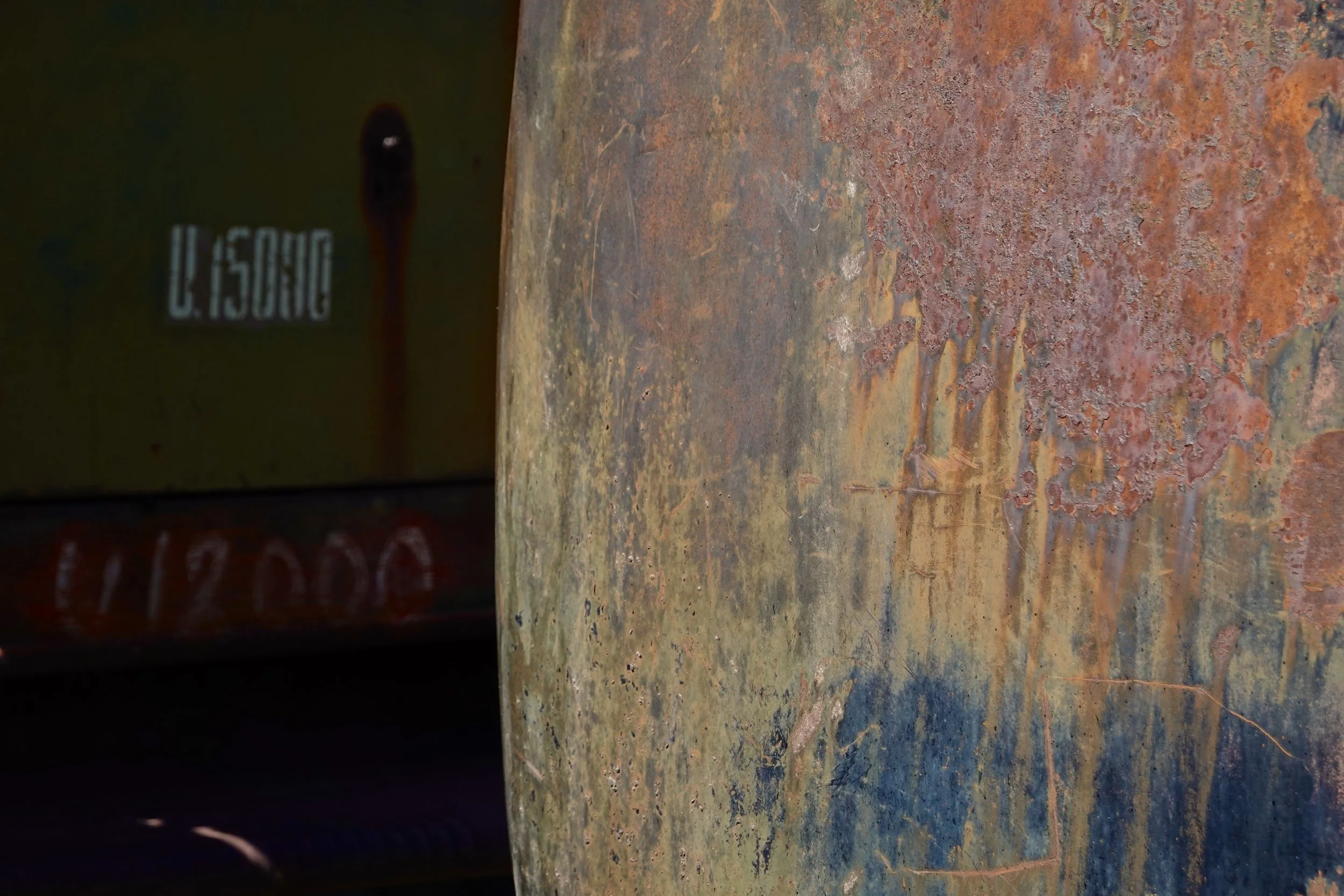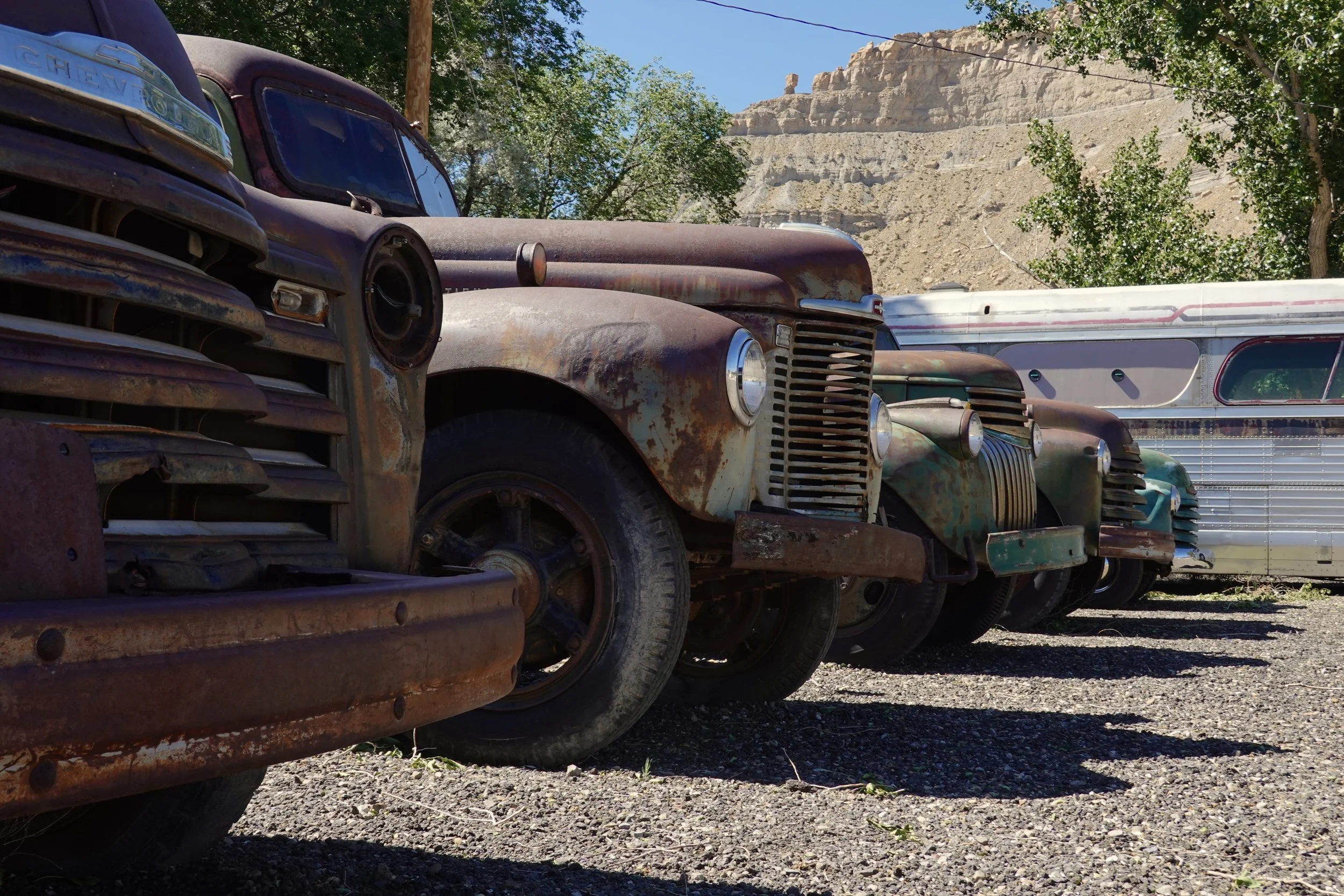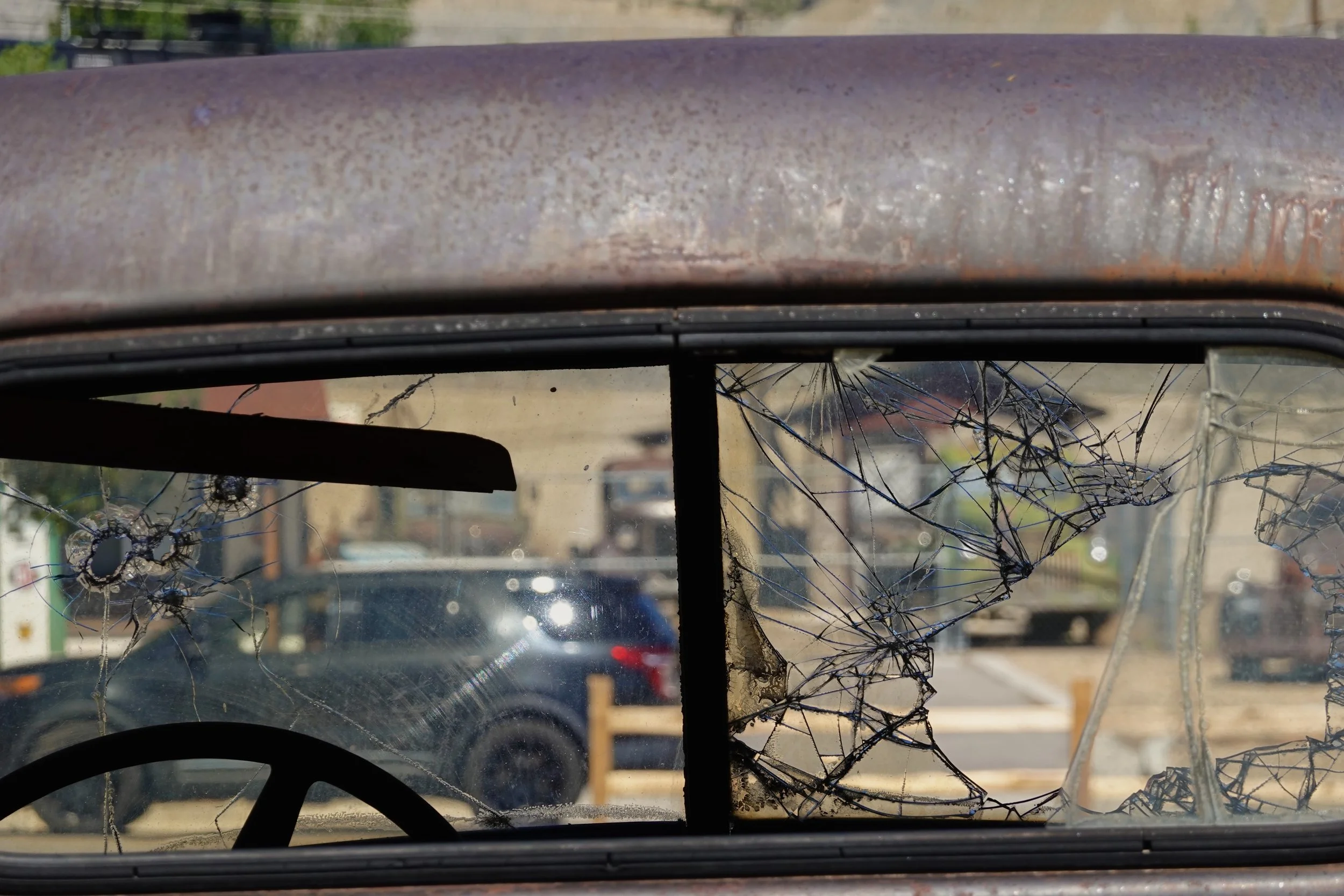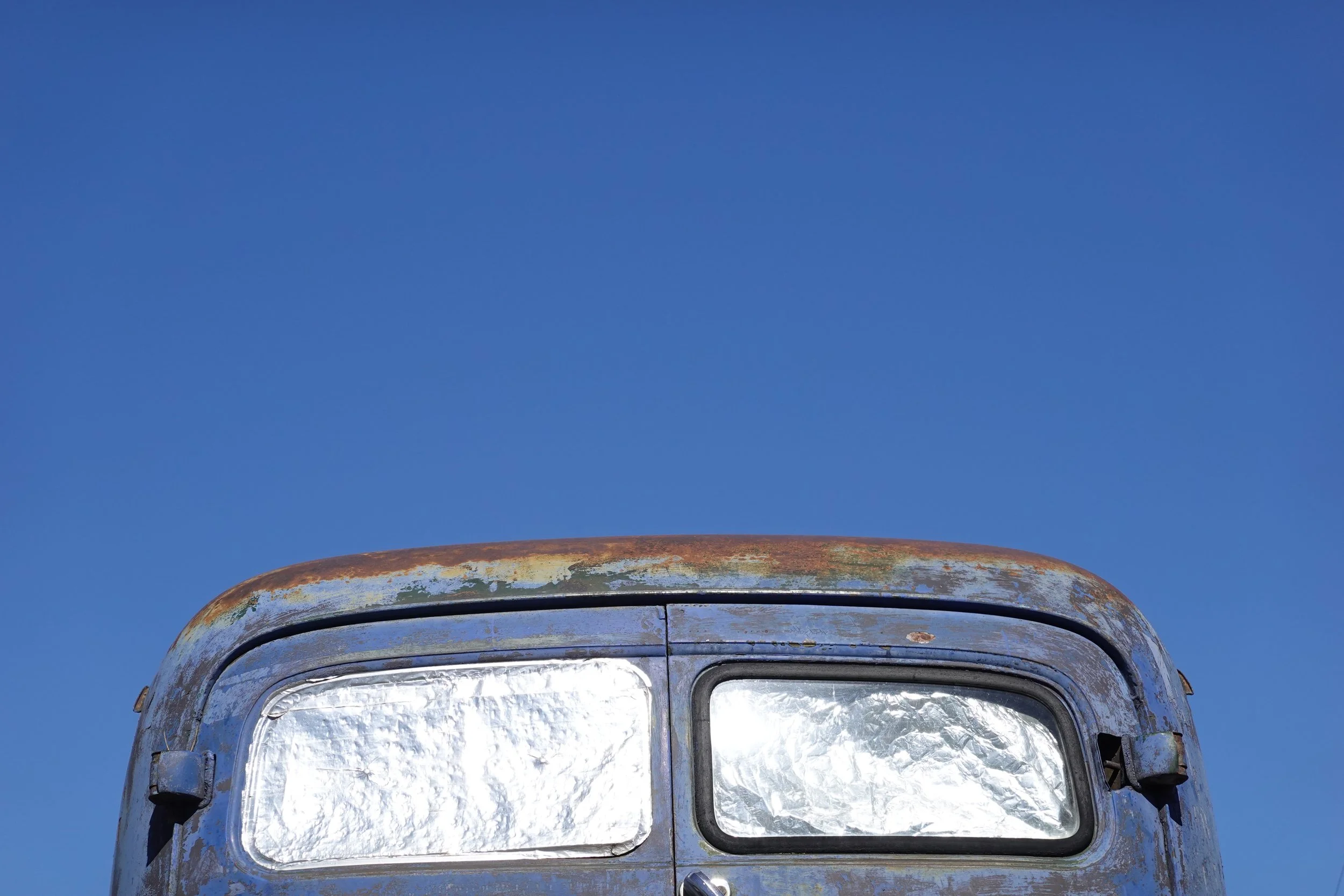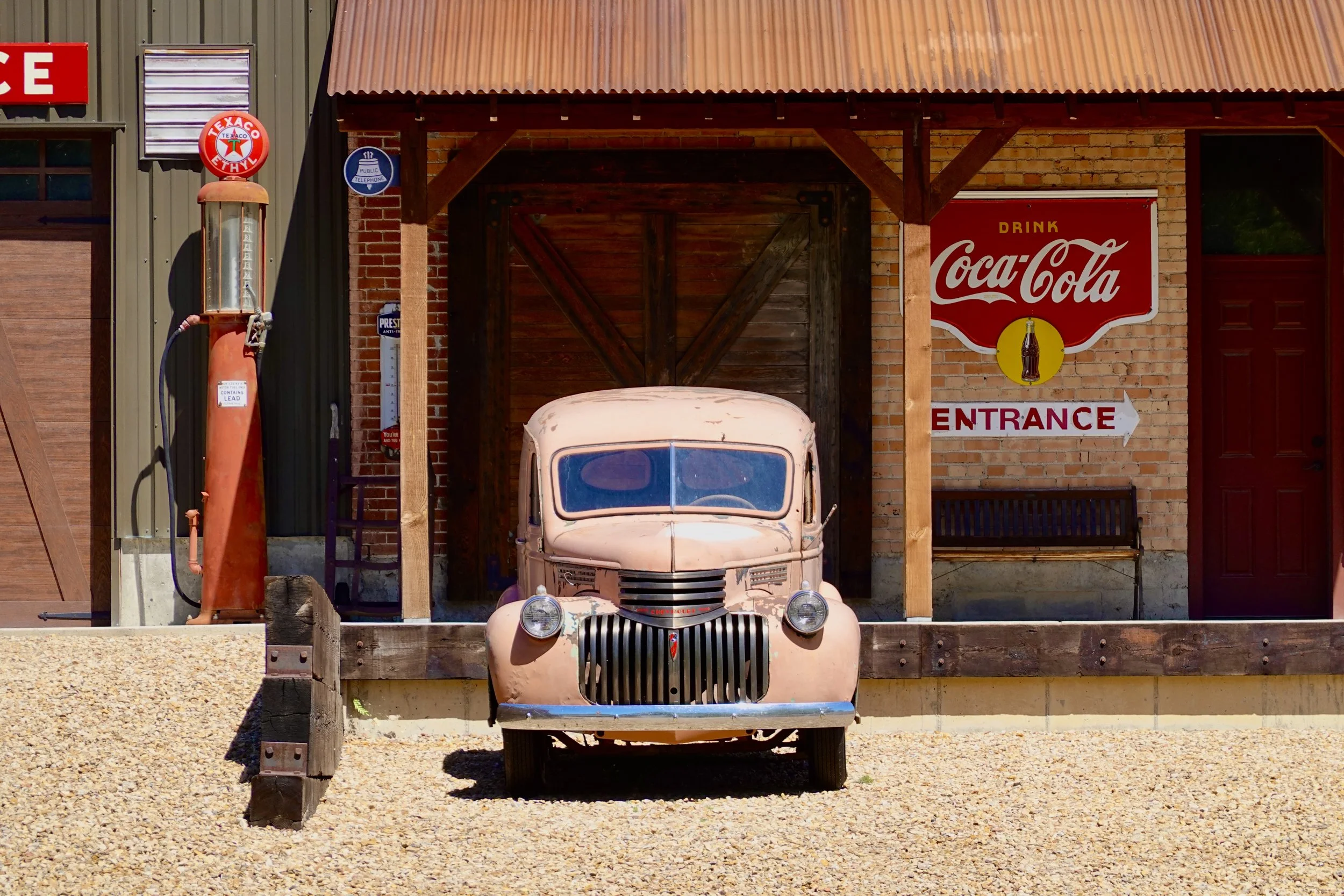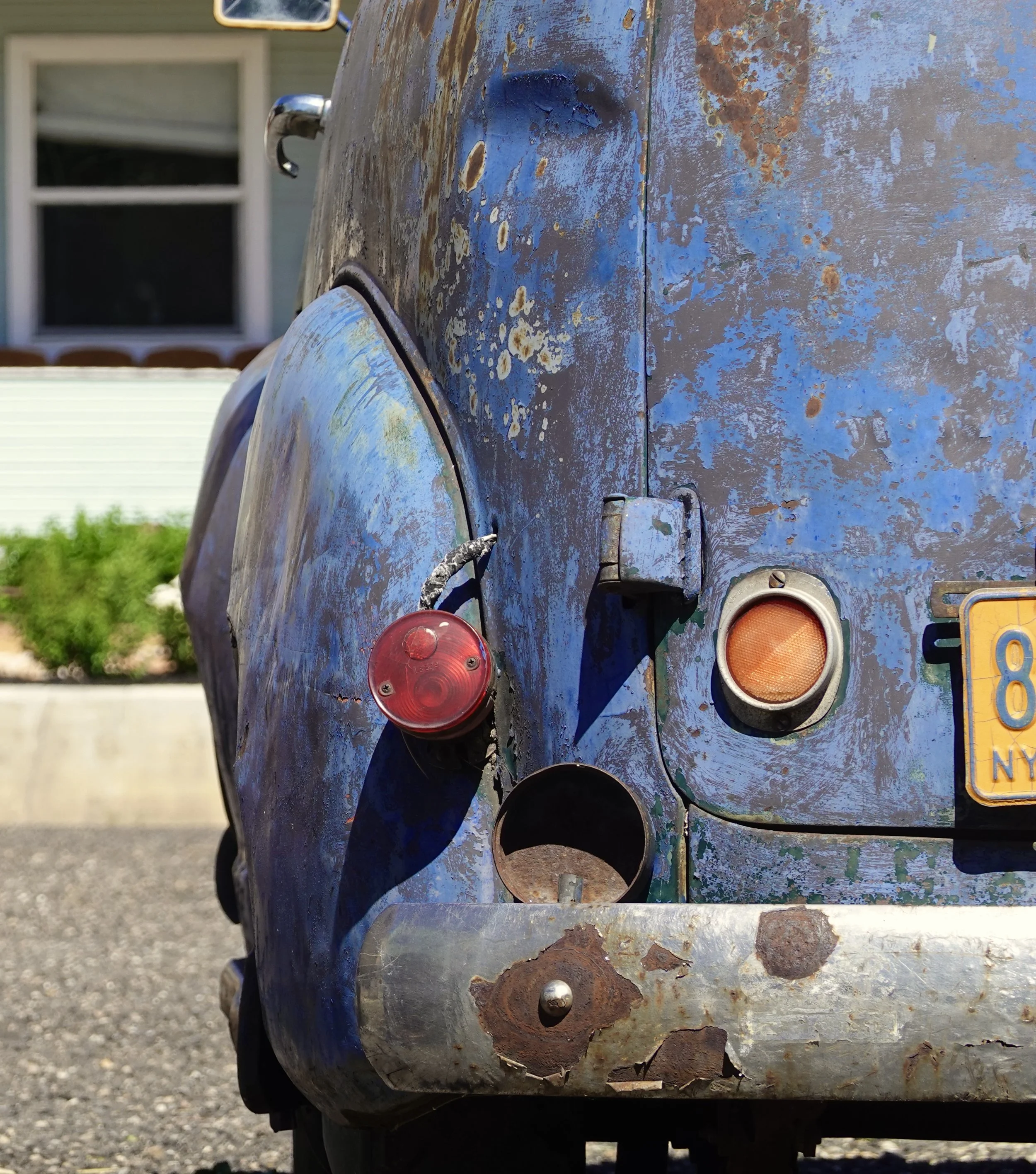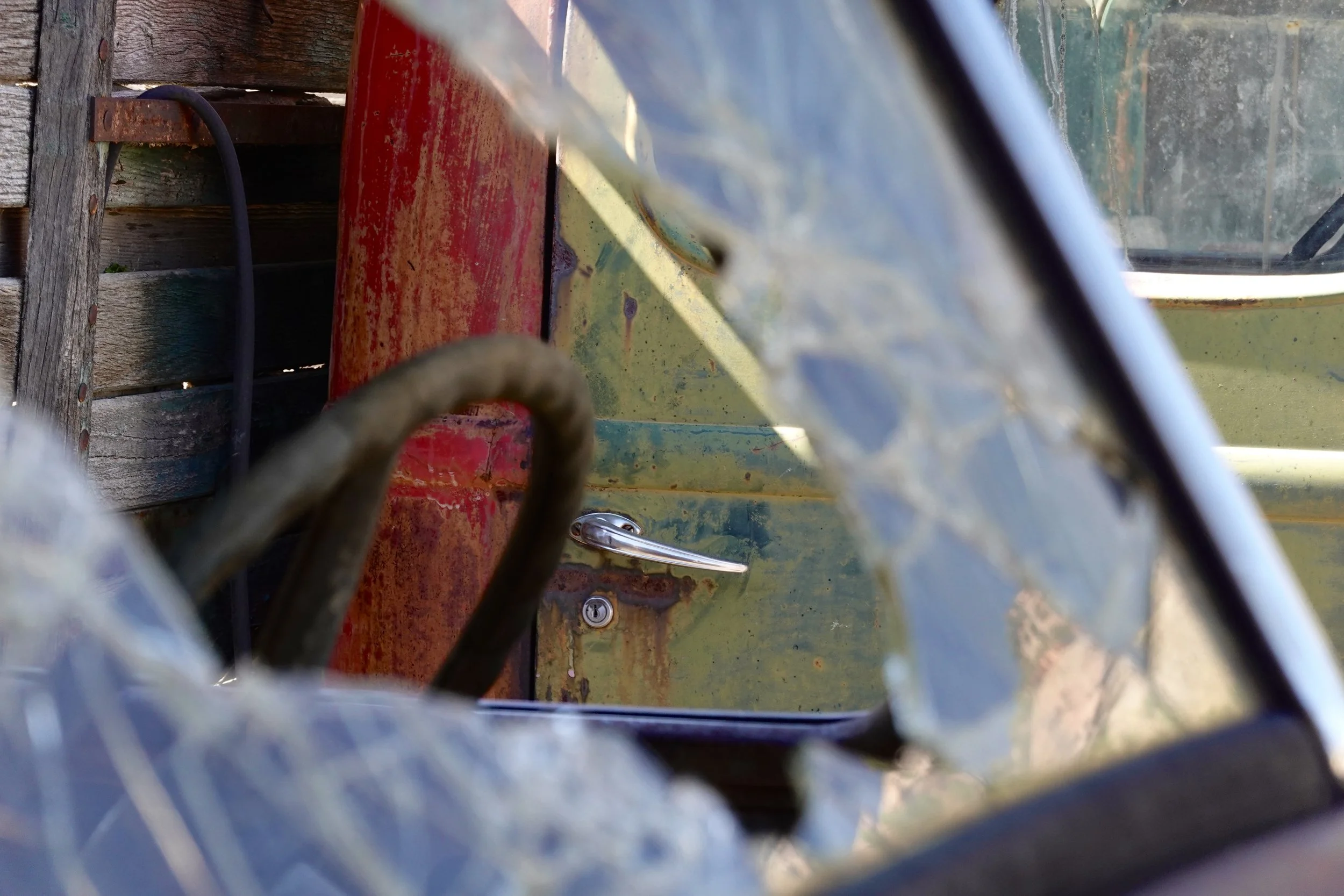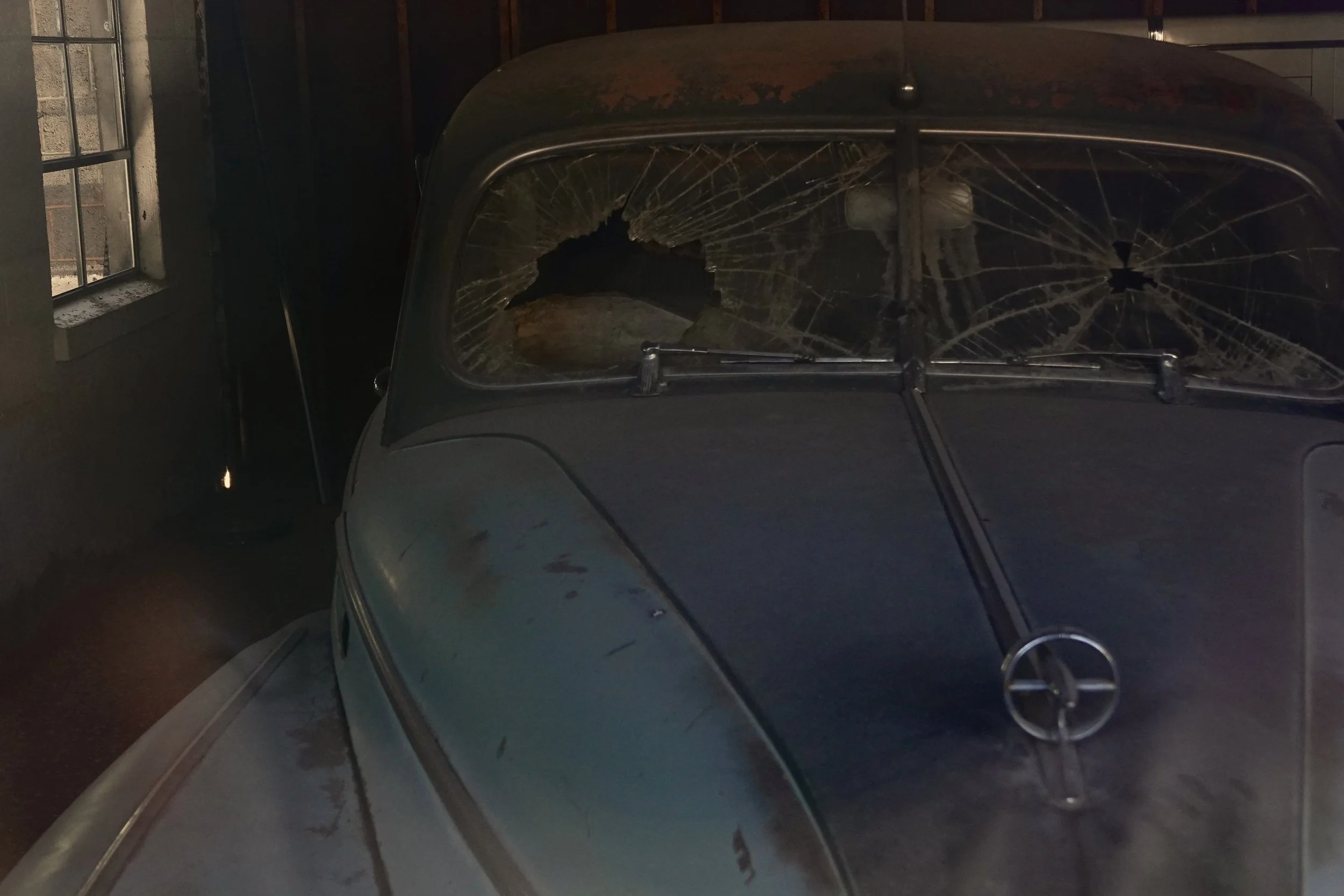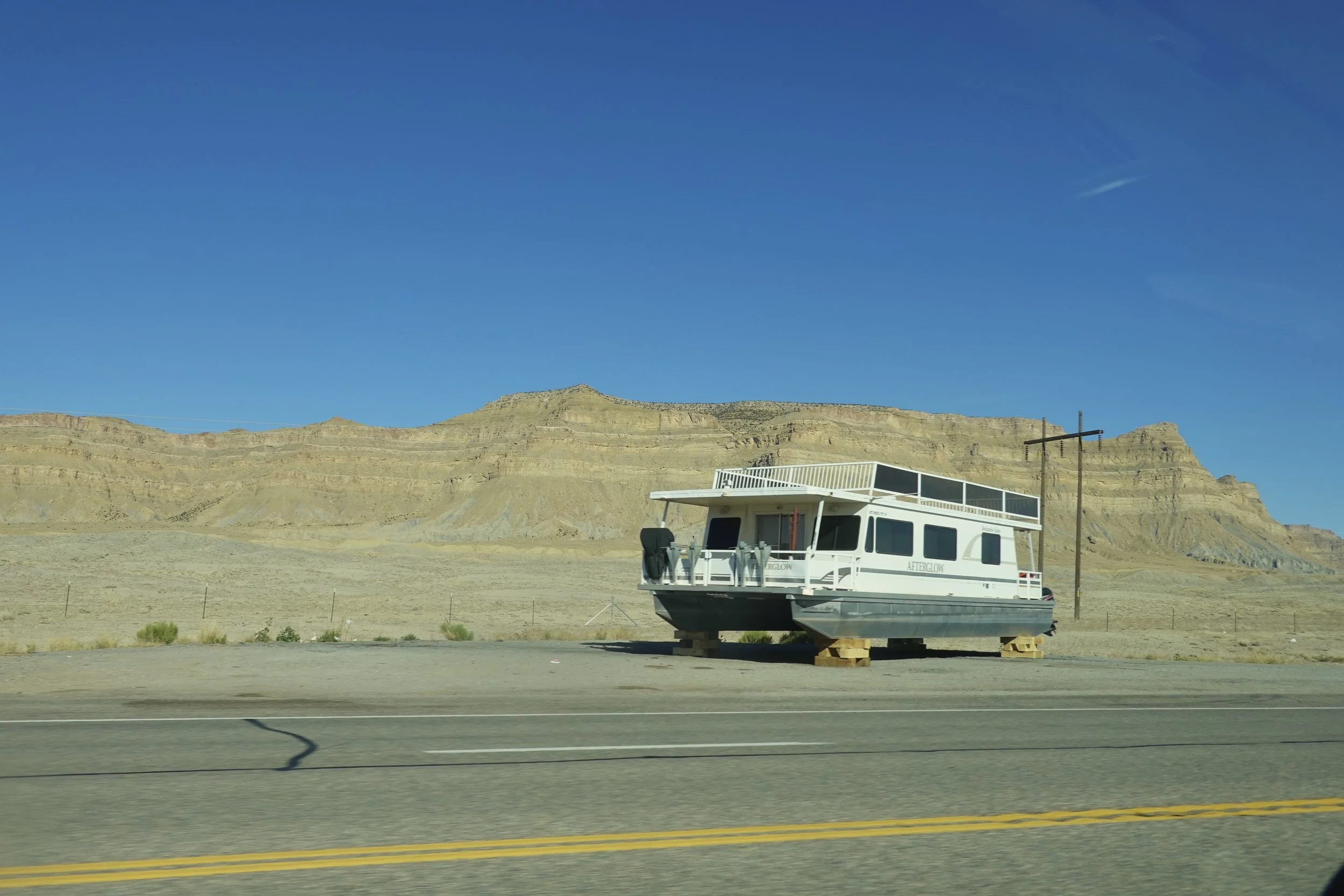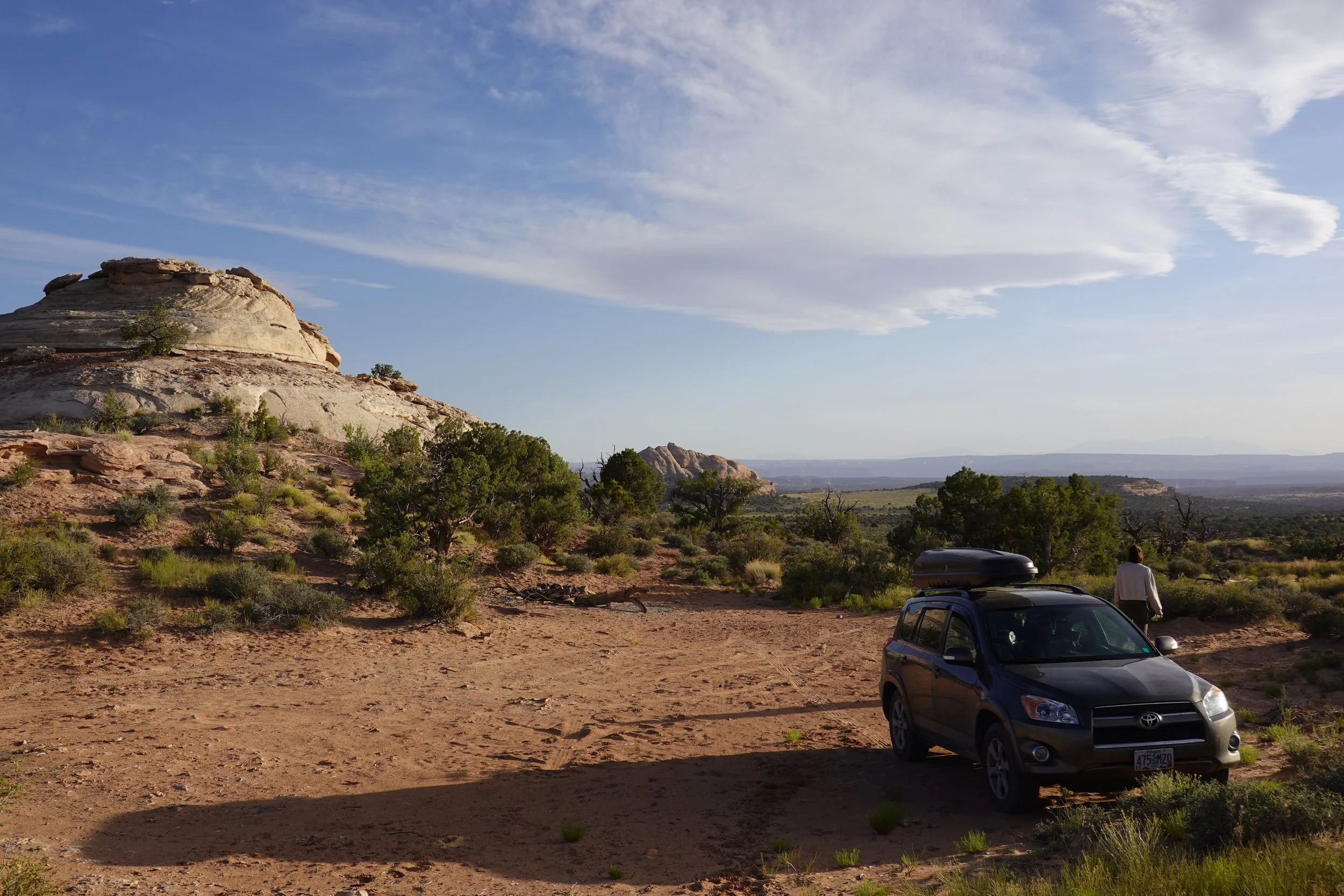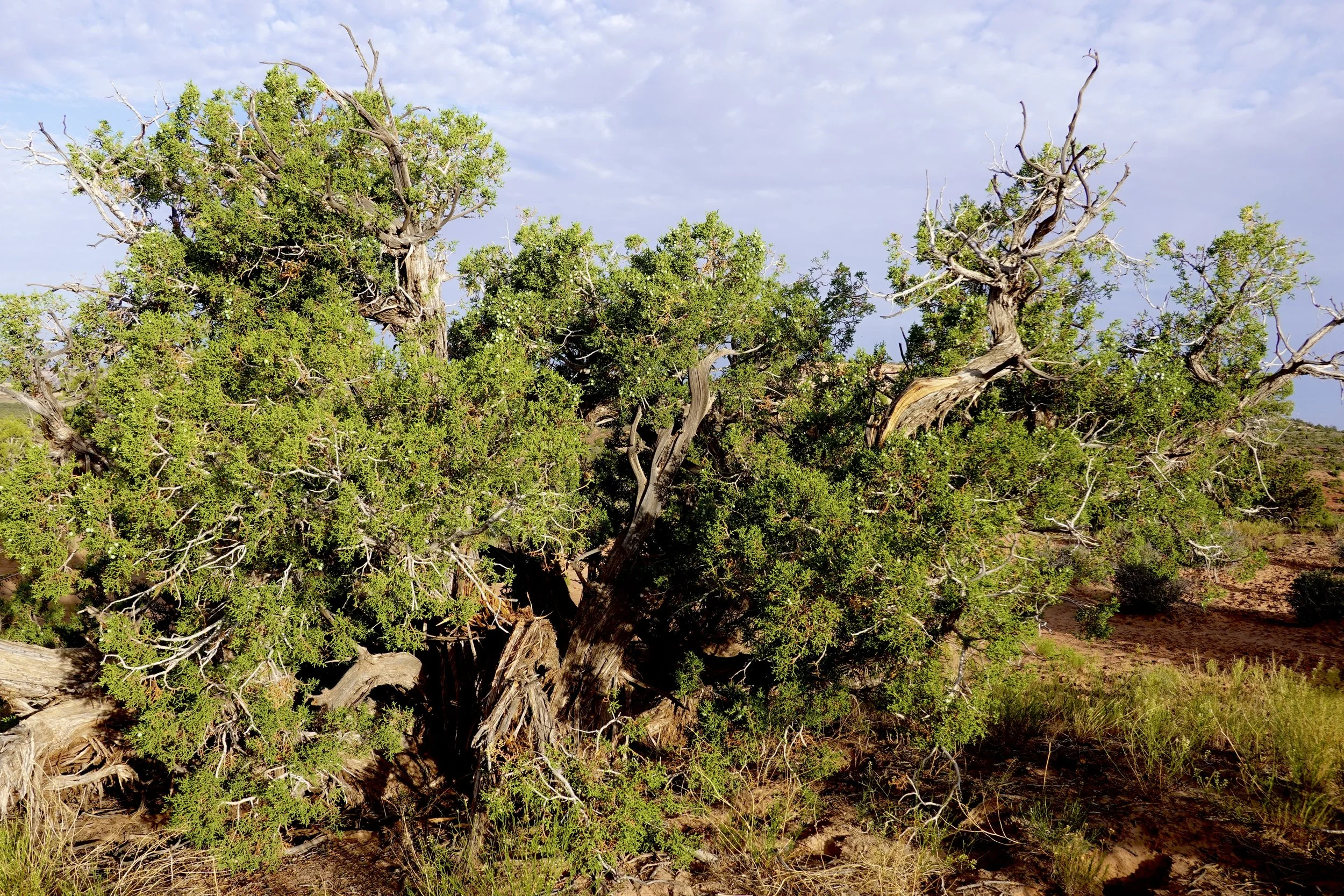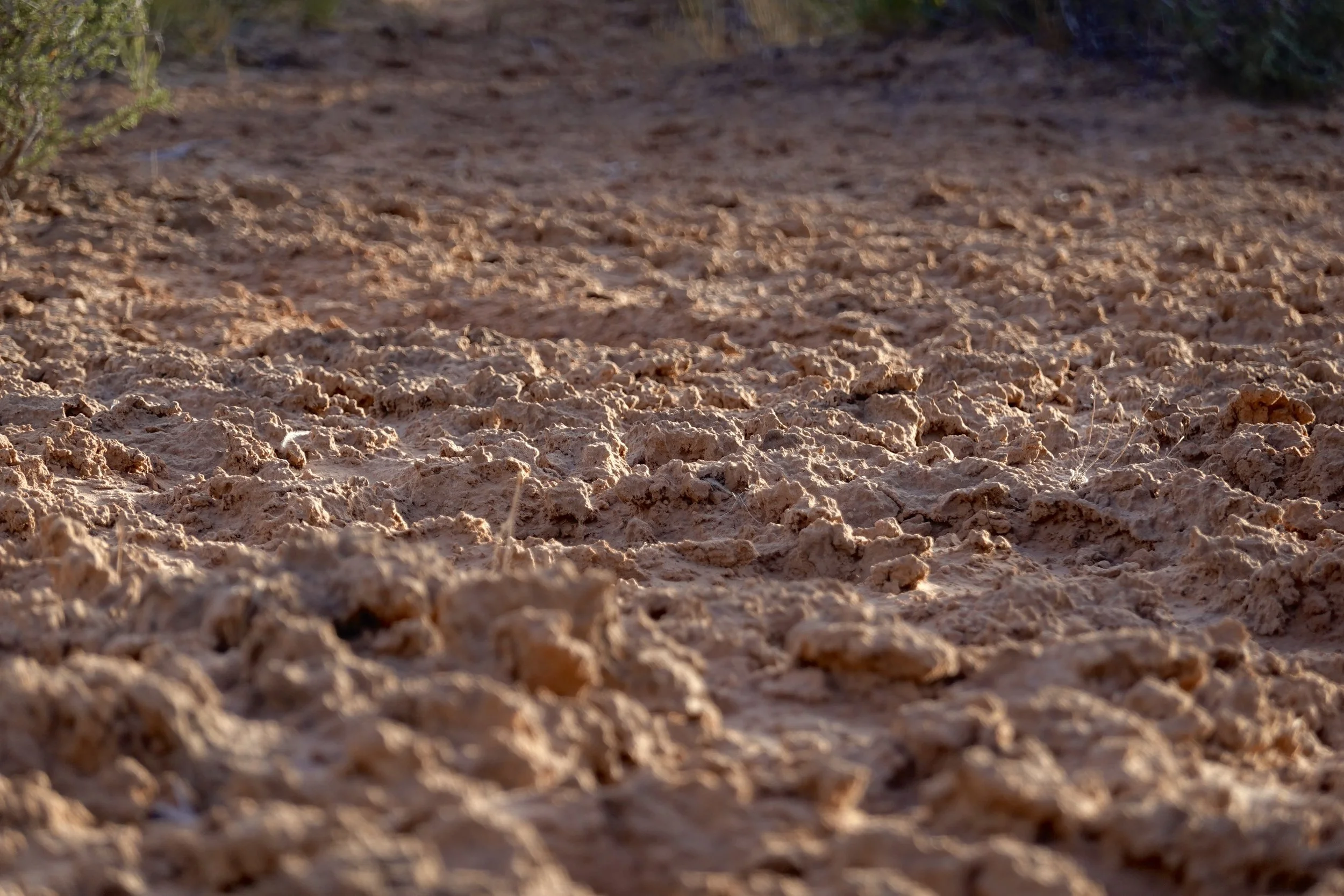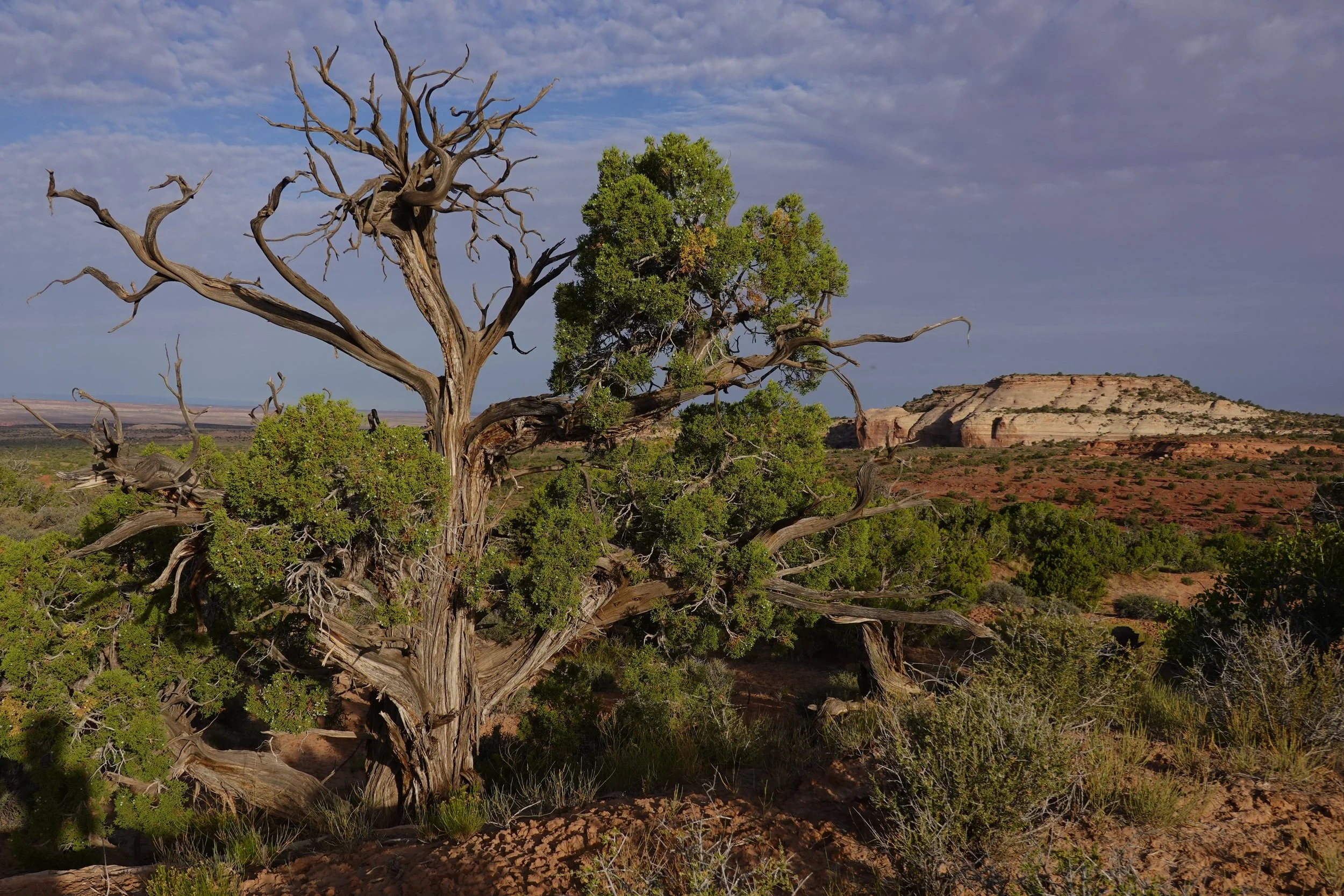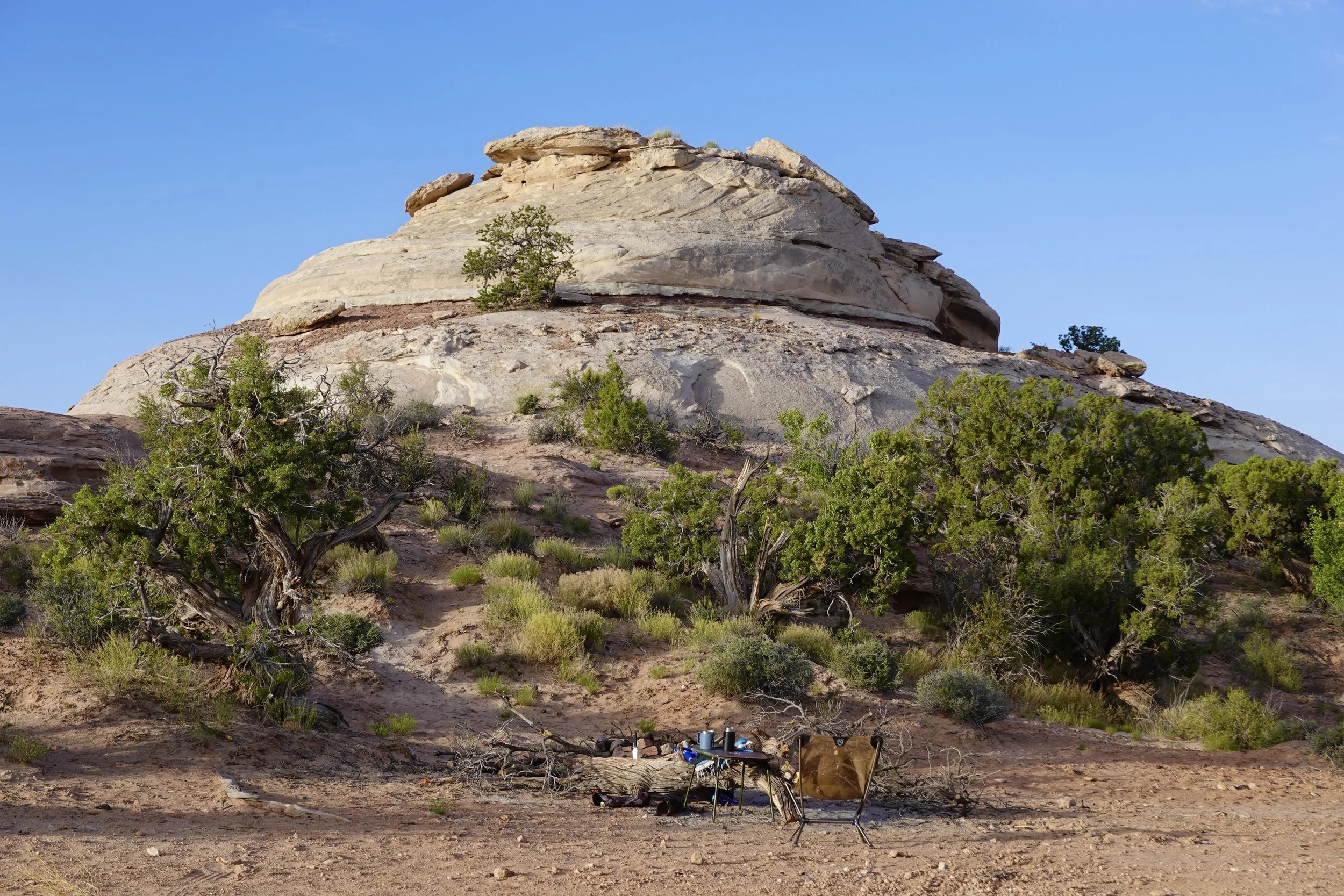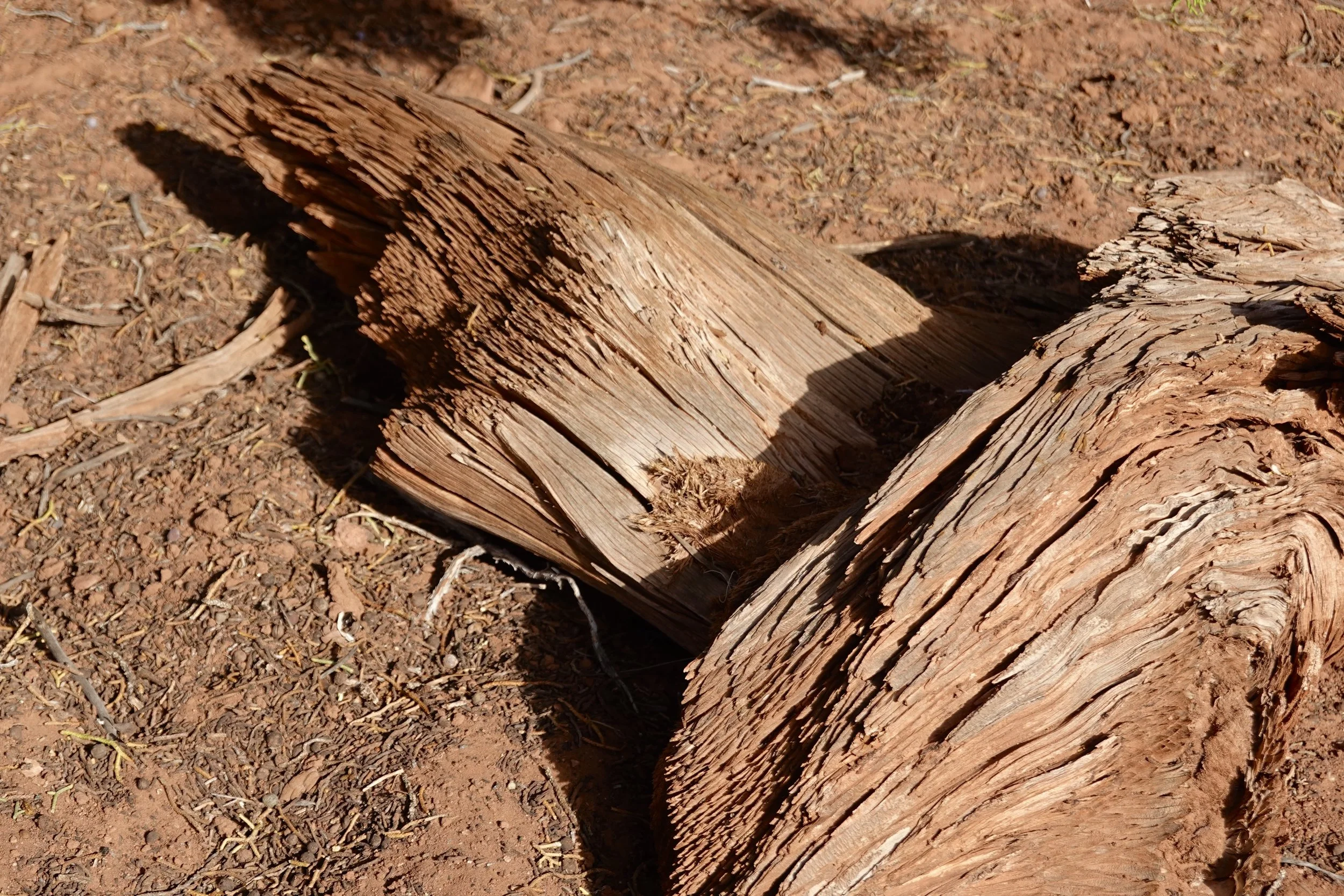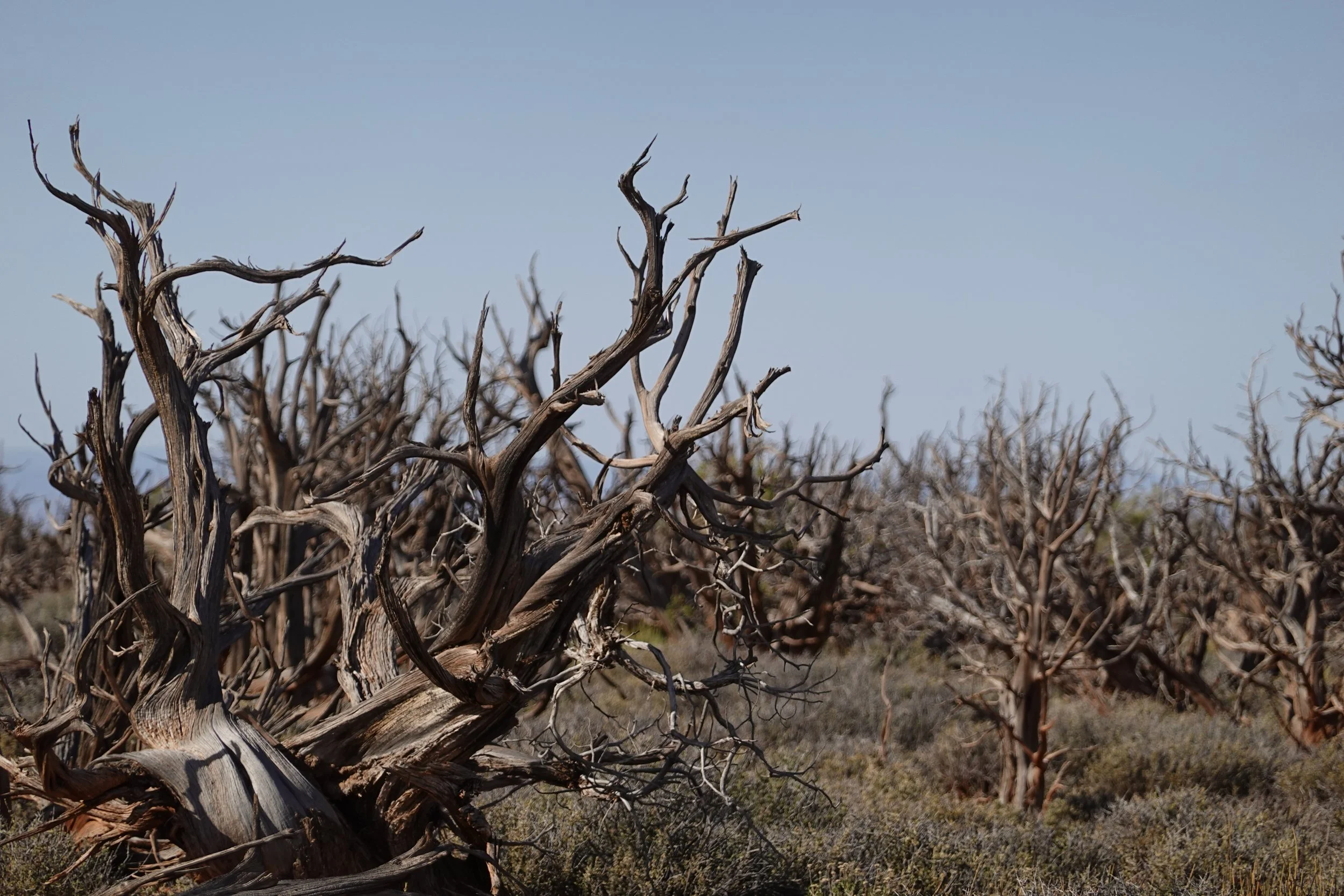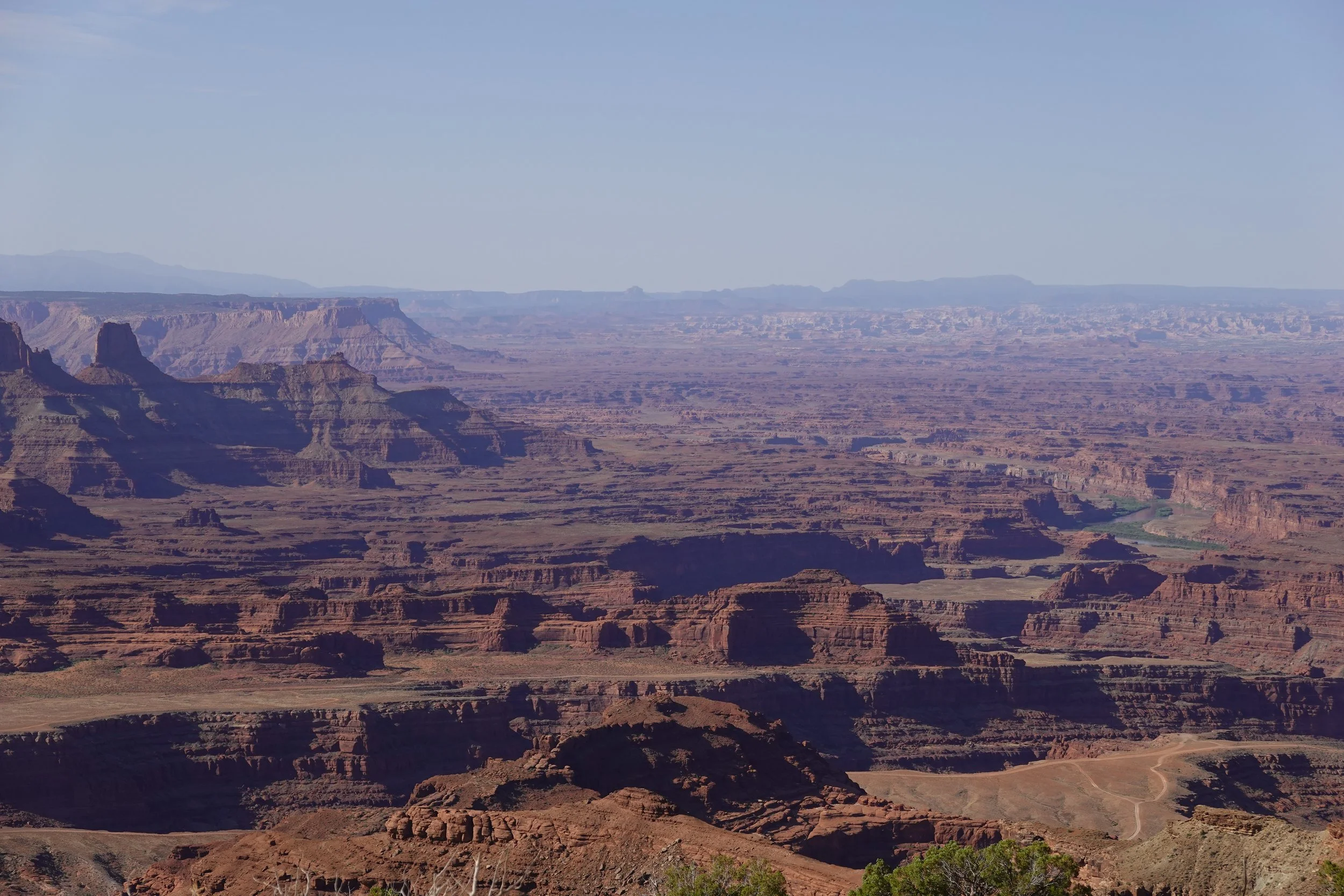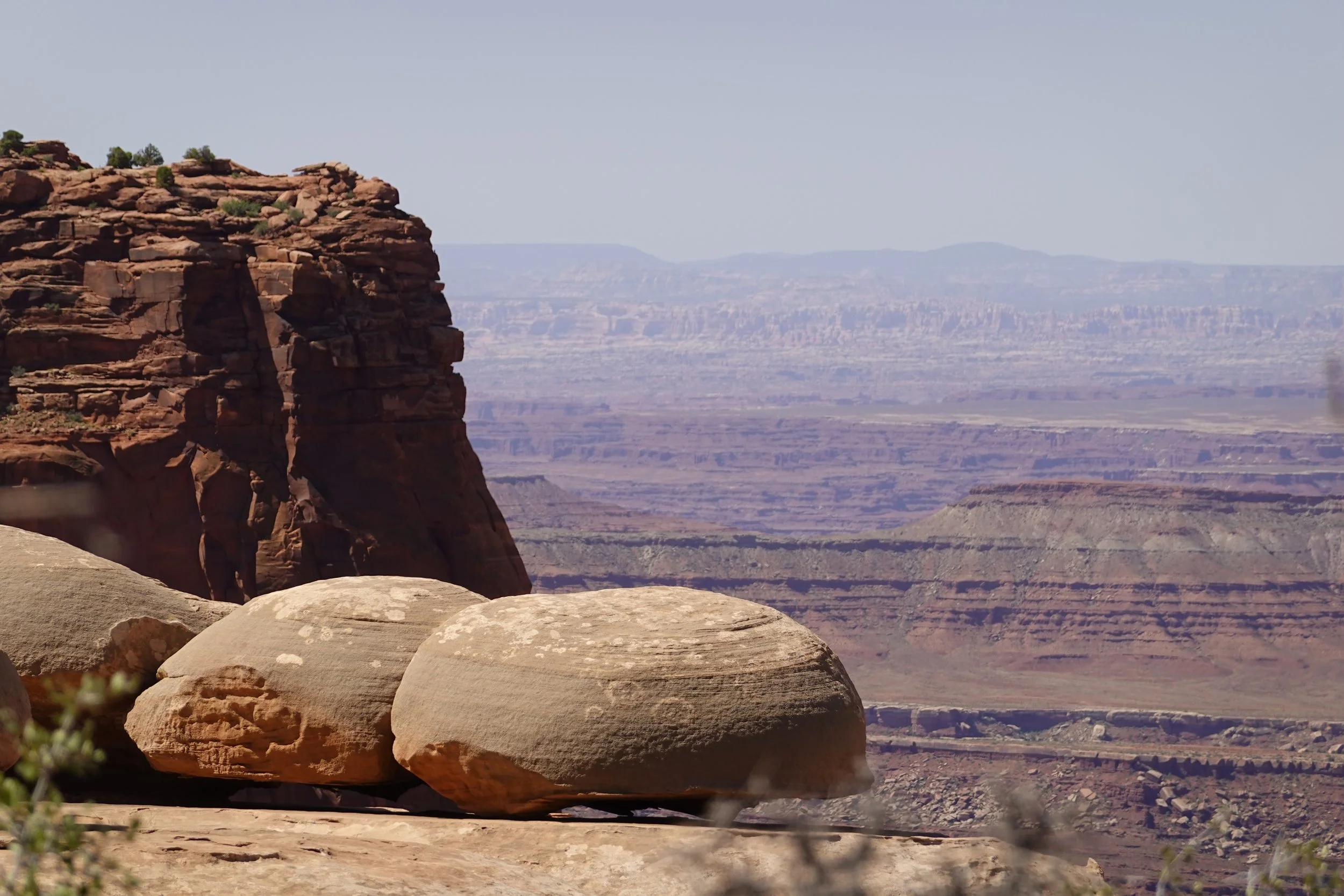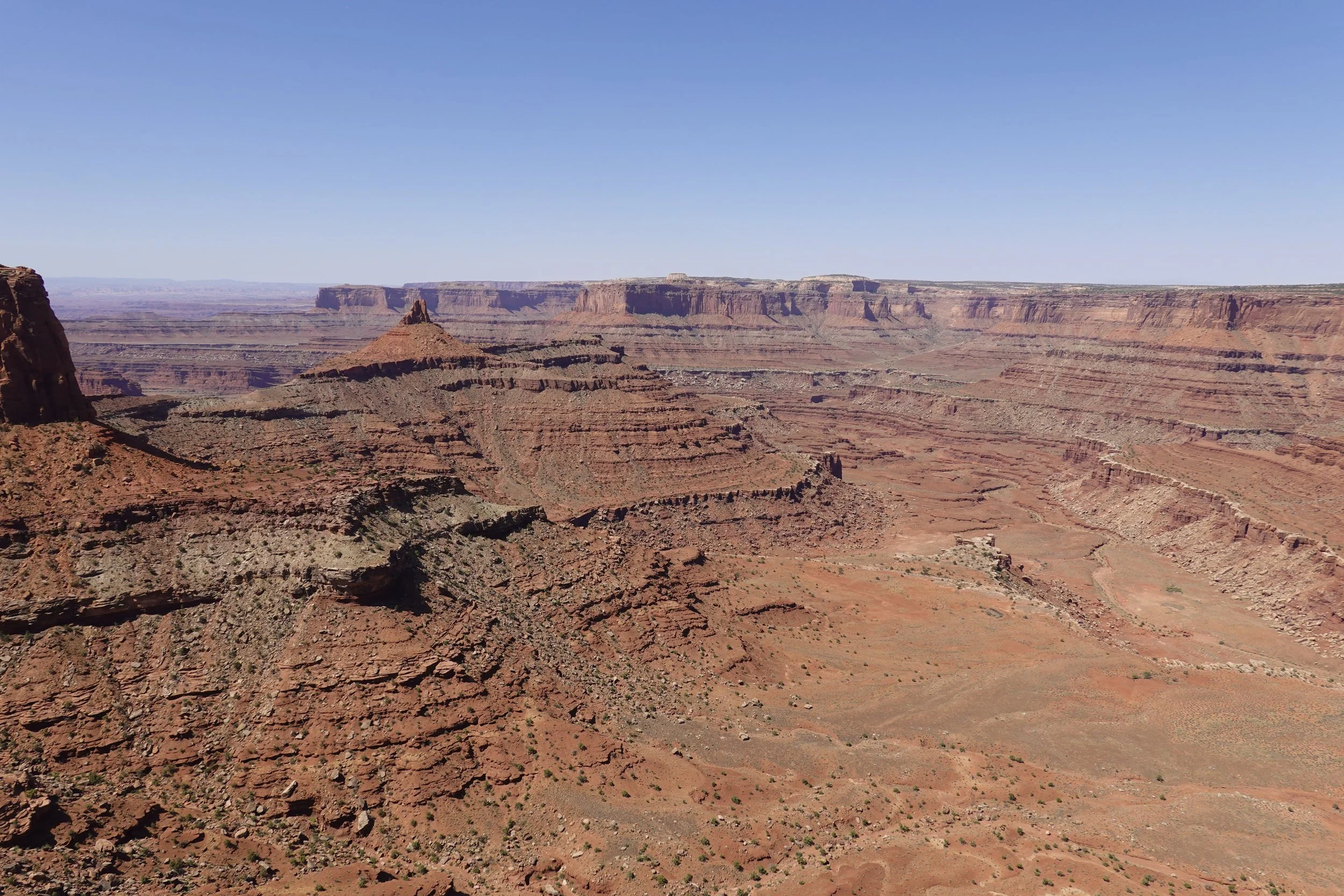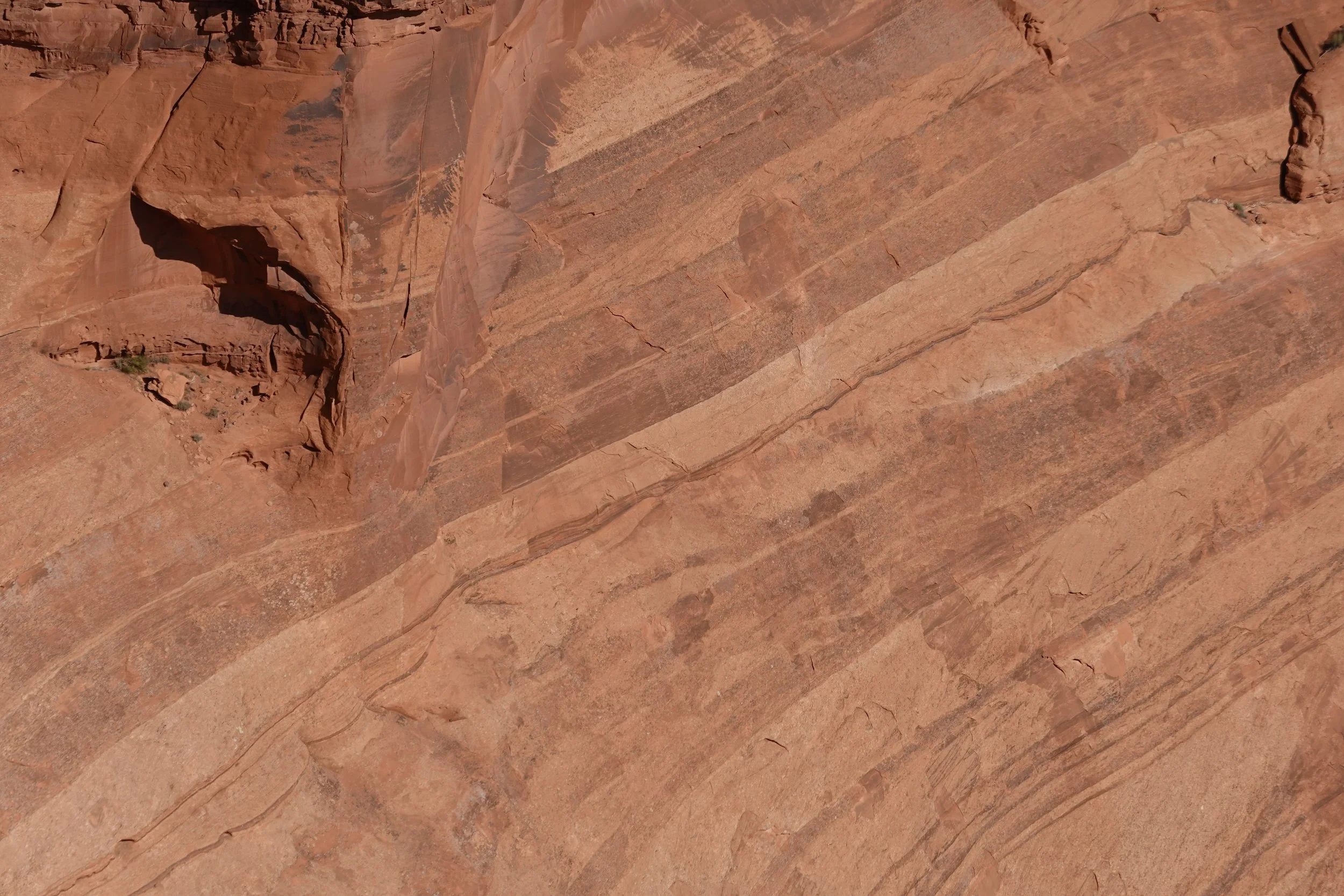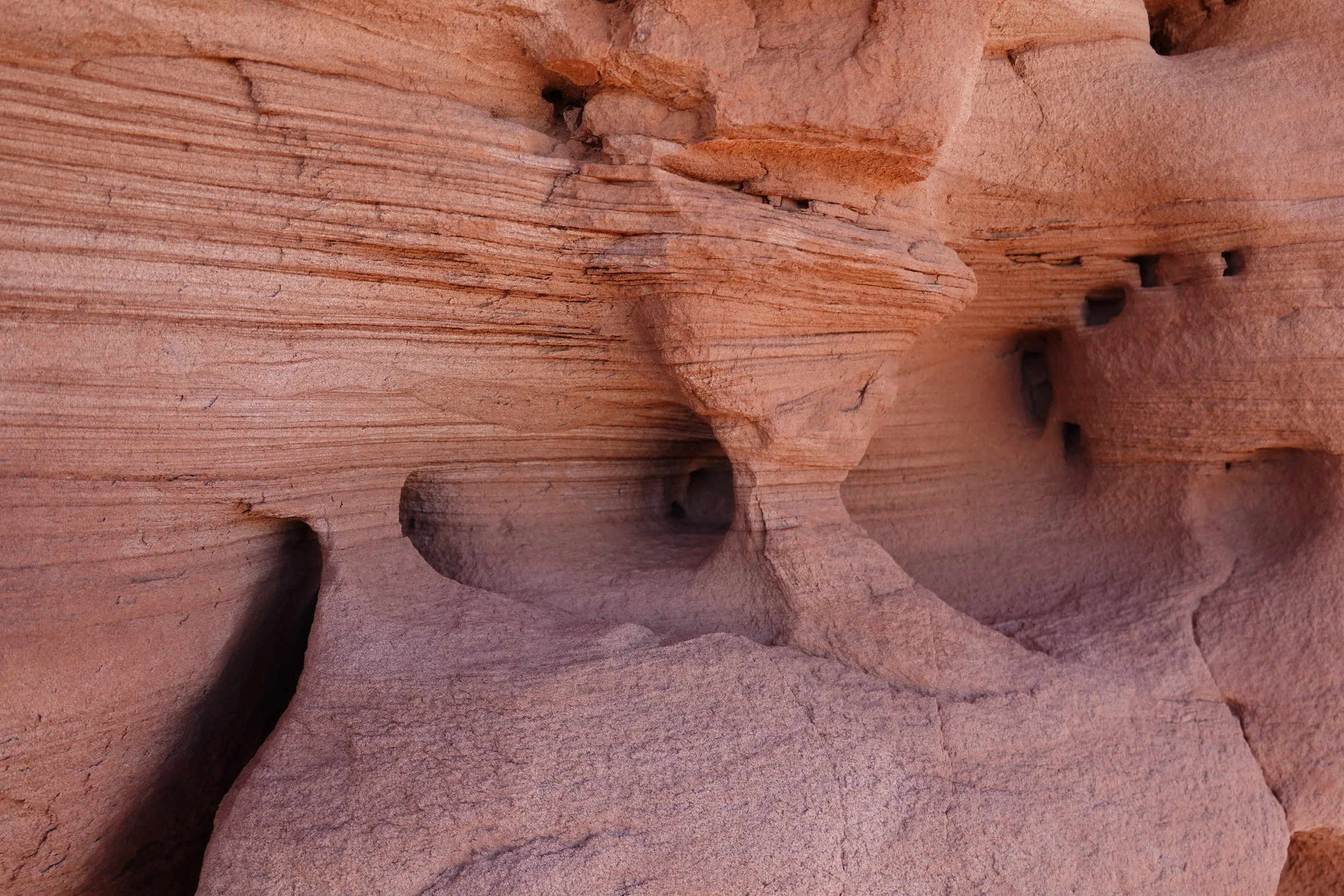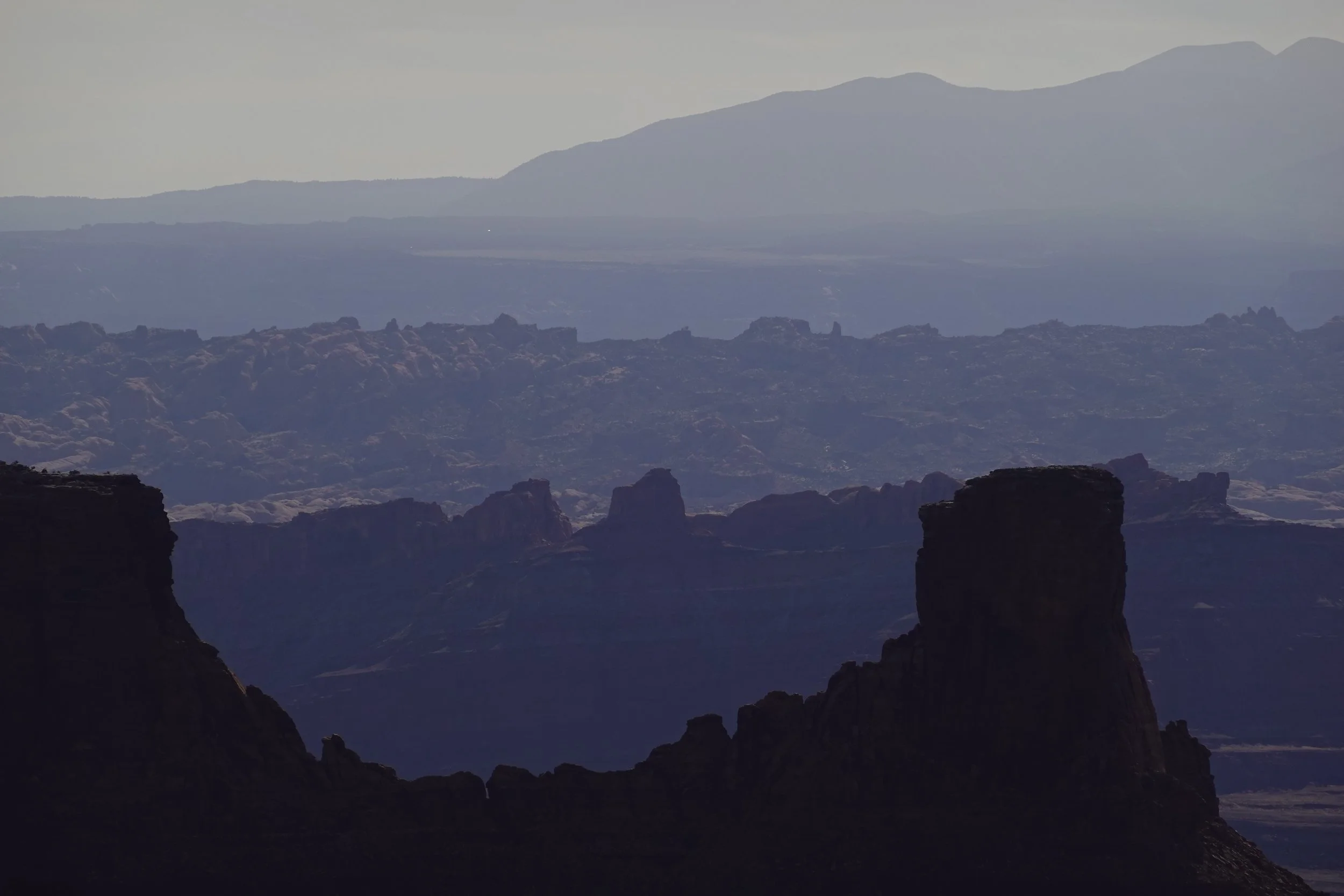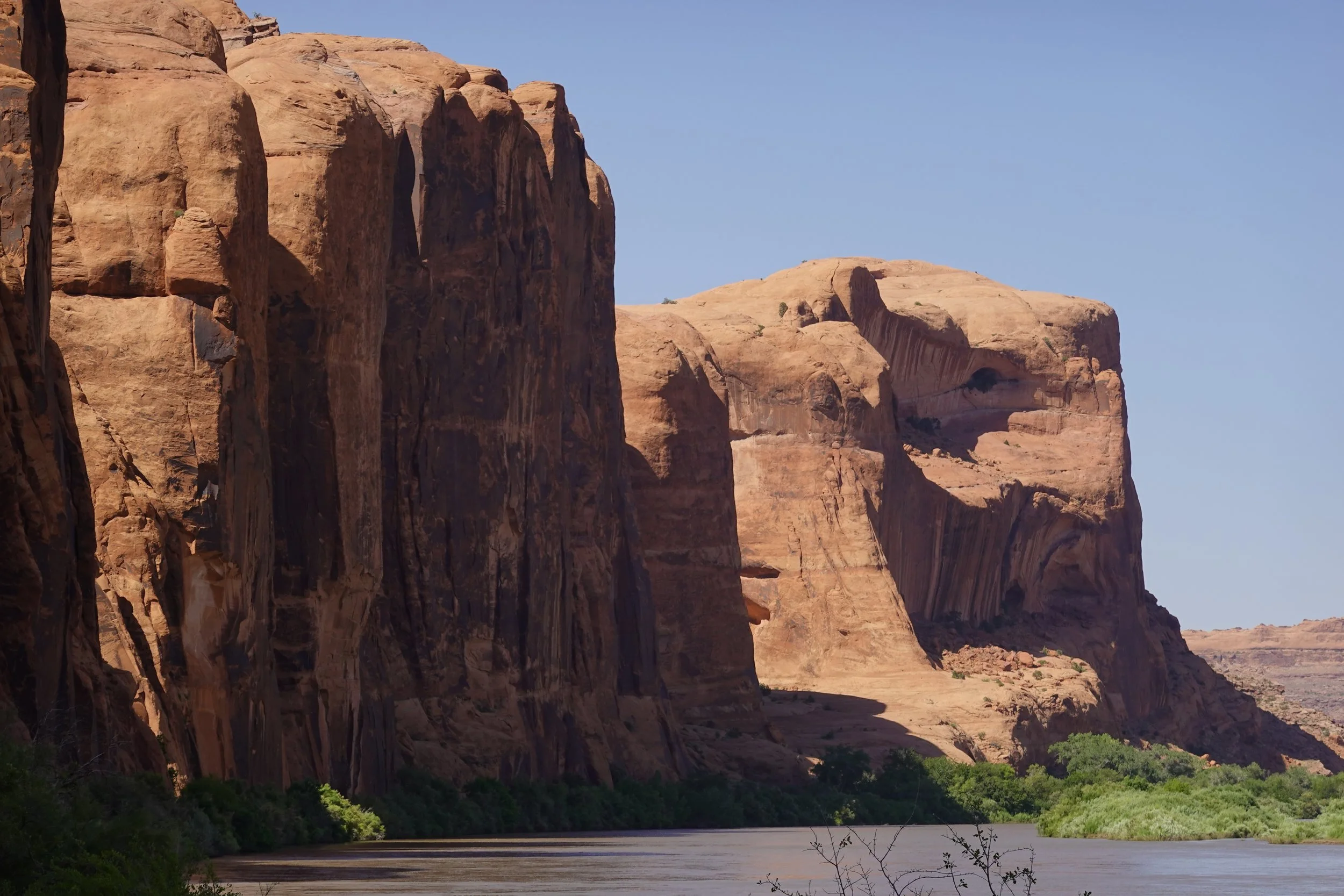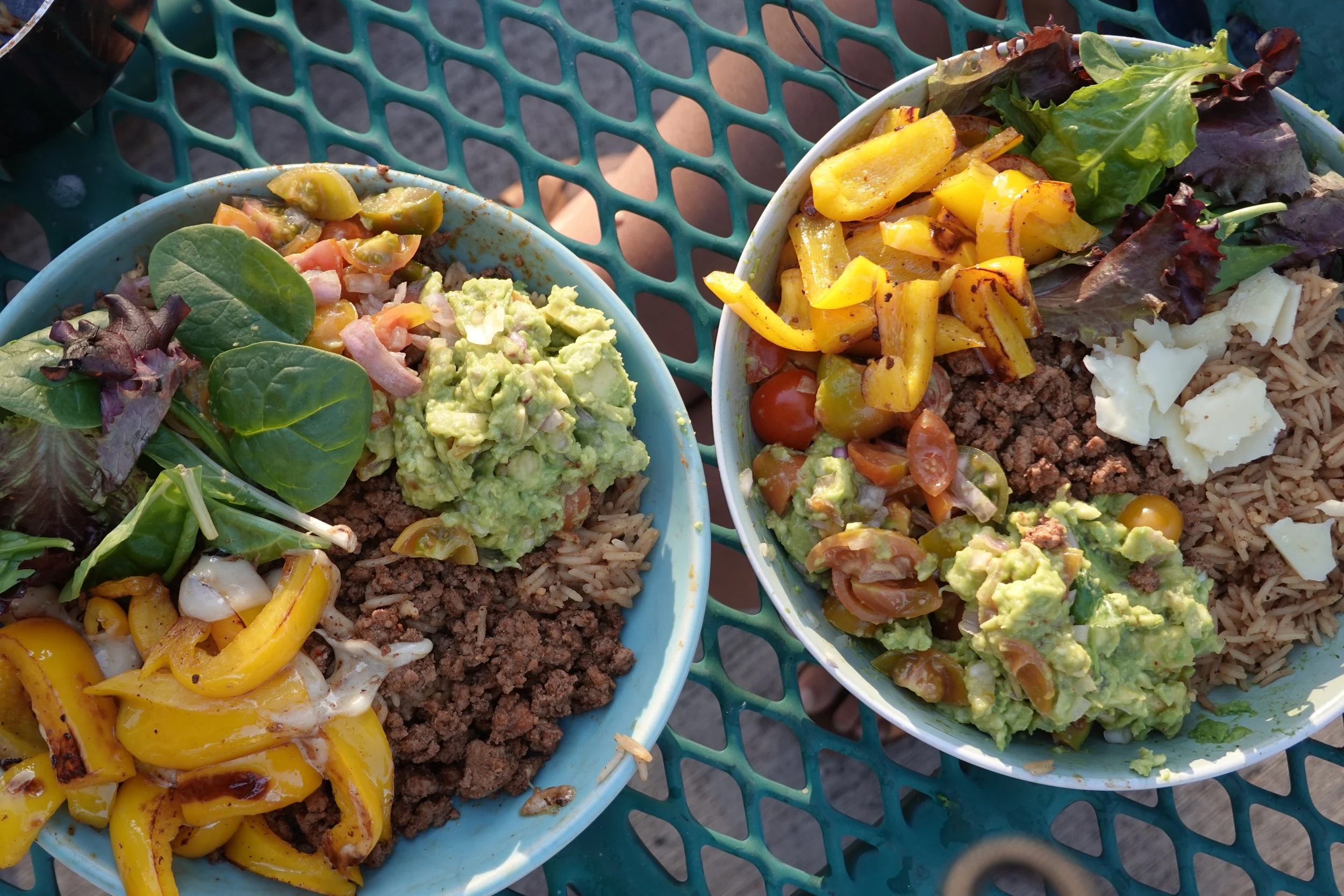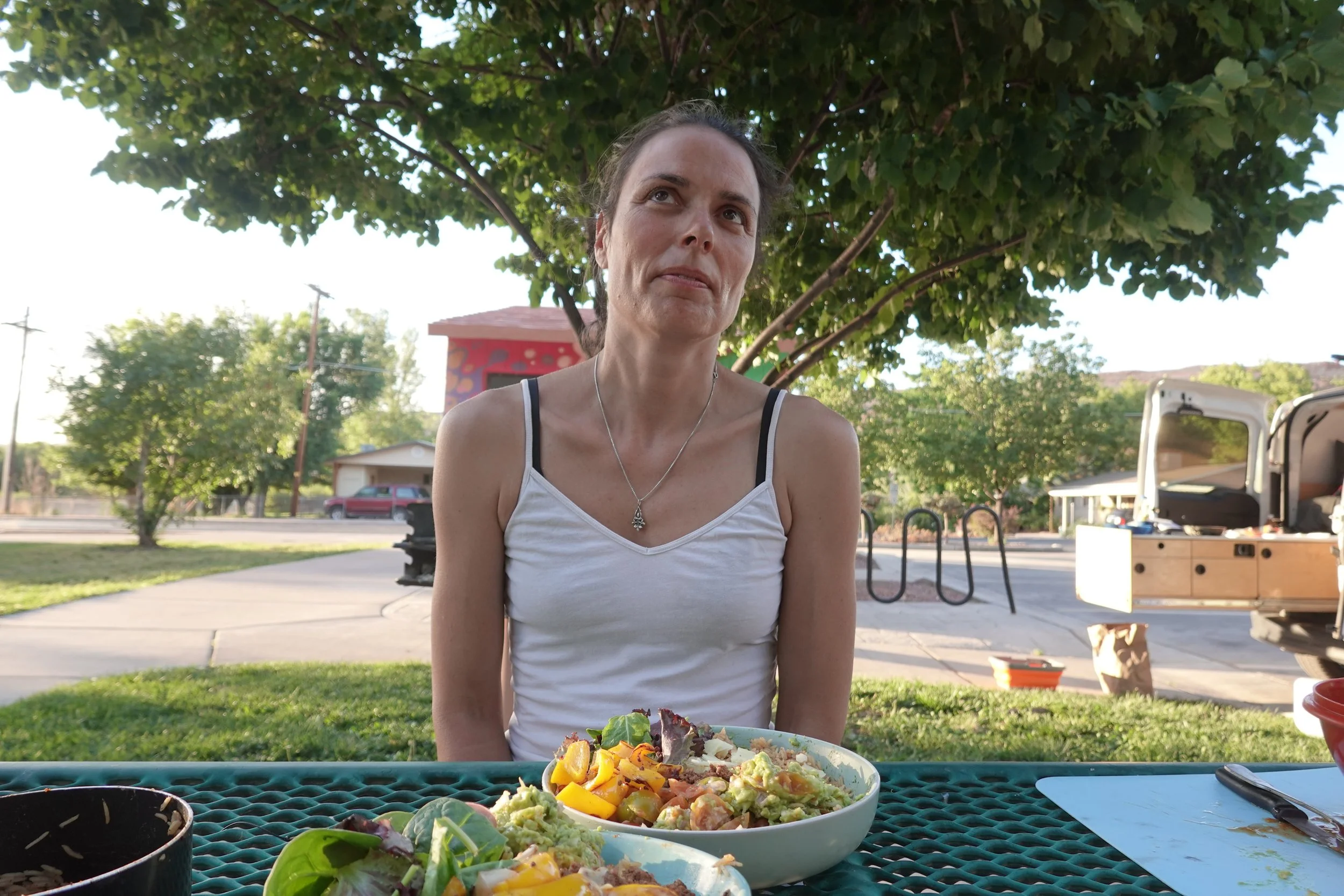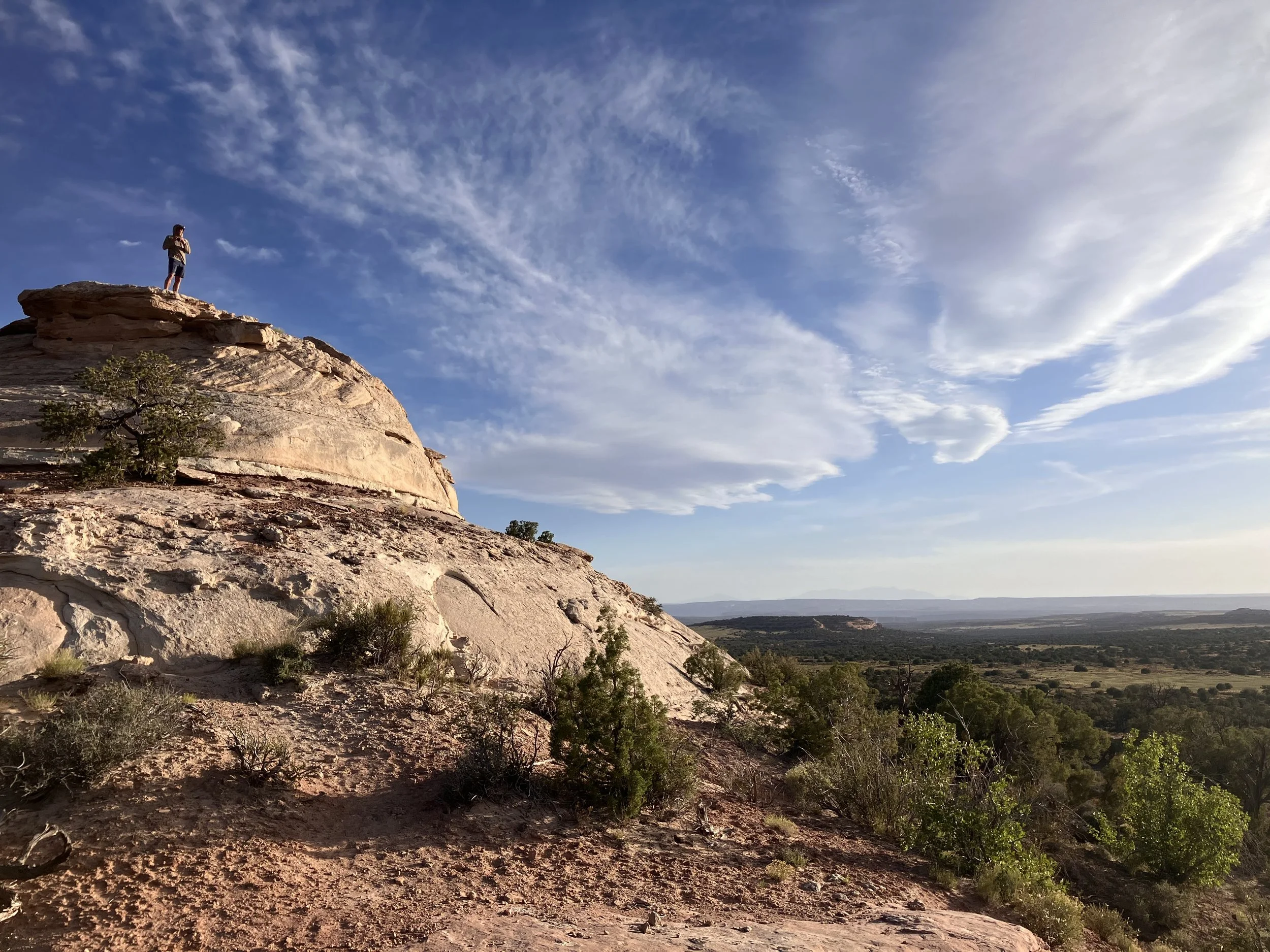Helper
In 1870, ole William Jackson Palmer reckoned he could build a railway from Denver to Mexico City, establishing a trade route to export gold and import senoritas, tequila and sombreros. He was tired of all this horizontal, east to west, way of life America was living and wanted to head down south for some salsa and tamales. Instead, he ran into some wandering gypsy who gave him a heroic dose of peyote, blasted off and woke up naked, tied to the bed post with his mouth stuffed with her underwear, stripped of his gold jewelry and a rubber band nearly cutting all circulation from his ding-dong. Somewhere during his Peyote adventure, she scrambled his compass, and before anybody could talk any sense into him, the railroad was already headlong into Utah, facing Soldier Pass, a crucial but challenging 7,440 foot bump in the road. This is where Helper came into the picture, a railroad hub named after the extra locomotives stored there used to push heavy trains up the challenging incline: "helper" engines.
Unlike its conservative, buttoned-up Mormon neighbors, Helper earned the reputation of a true “wild west” town because it was uninfluenced by religious bigotry, luring in all sorts of free, hedonistic beasts lookings to drink, gamble, fight and fuck. From Italy, Greece, China, Japan and Eastern Europe, came the immigrant workers giving Helper a multi cultural flair. The downtown lined its streets with saloons, gambling halls, brothels and dance halls to accommodate the thirst for lust. Imagine working from sun up to sun down, peanuts in one hand and a couple wrinkled dollar bills in the other and tell me your not going to find yourself in some hidden backroom of a saloon getting your willy wet by some traveling prostitute with cauliflower sprouting from her cootchie. Yessir, Sign me up baby, i want that thing dripping with the nectar of blasphemy, glistening under the sun of sin and humping my brains out to the beat of eternity.
Fast forward to the present.
There’s a good chance that as you’re cruising down Highway 191, you’d pass right by Helper. The only reason we stopped was so I could cool off as there looked to be a stream running through and for lunch. We found a small, shaded park next to said stream and acknowledged the sporadic yet steady flow of locals: some walking their dogs, others trying to keep up with their kids, and a few just vibing with headphones in, enjoying their lunch break along the paved bike path lining the water.
As we munched away at our sandwiches, taking in our surroundings, it felt like our surroundings were taking us in. There was something uniquely magnetic about every direction we looked. Our feet, seemingly possessed, carried us in for a closer look, sandwich in hand, as we wandered through the vacant alleyways and side streets.
The streets and sidewalks hummed, polarized between past and present: paint-peeled benches leaned wearily to the side, and sunbaked vintage cars, rusted to a fine sandpaper brown, sat parked along the same road as sleek EVs. The same historic buildings that once housed gambling halls and saloons now featured art galleries, coffee shops, and artisan studios. The town has become a haven for artists, musicians, and history lovers, blending its gritty railroad heritage with a vibrant creative community.
